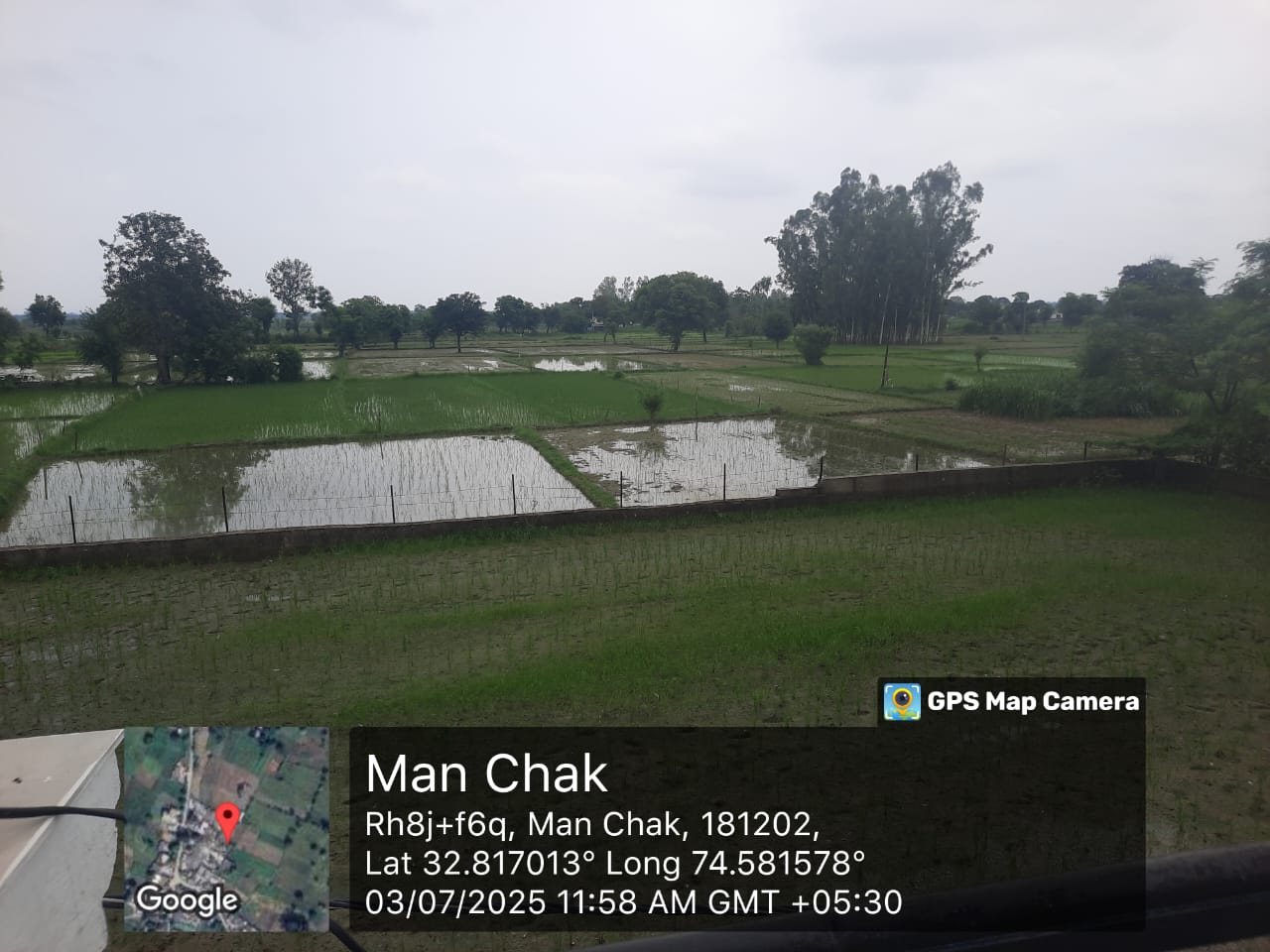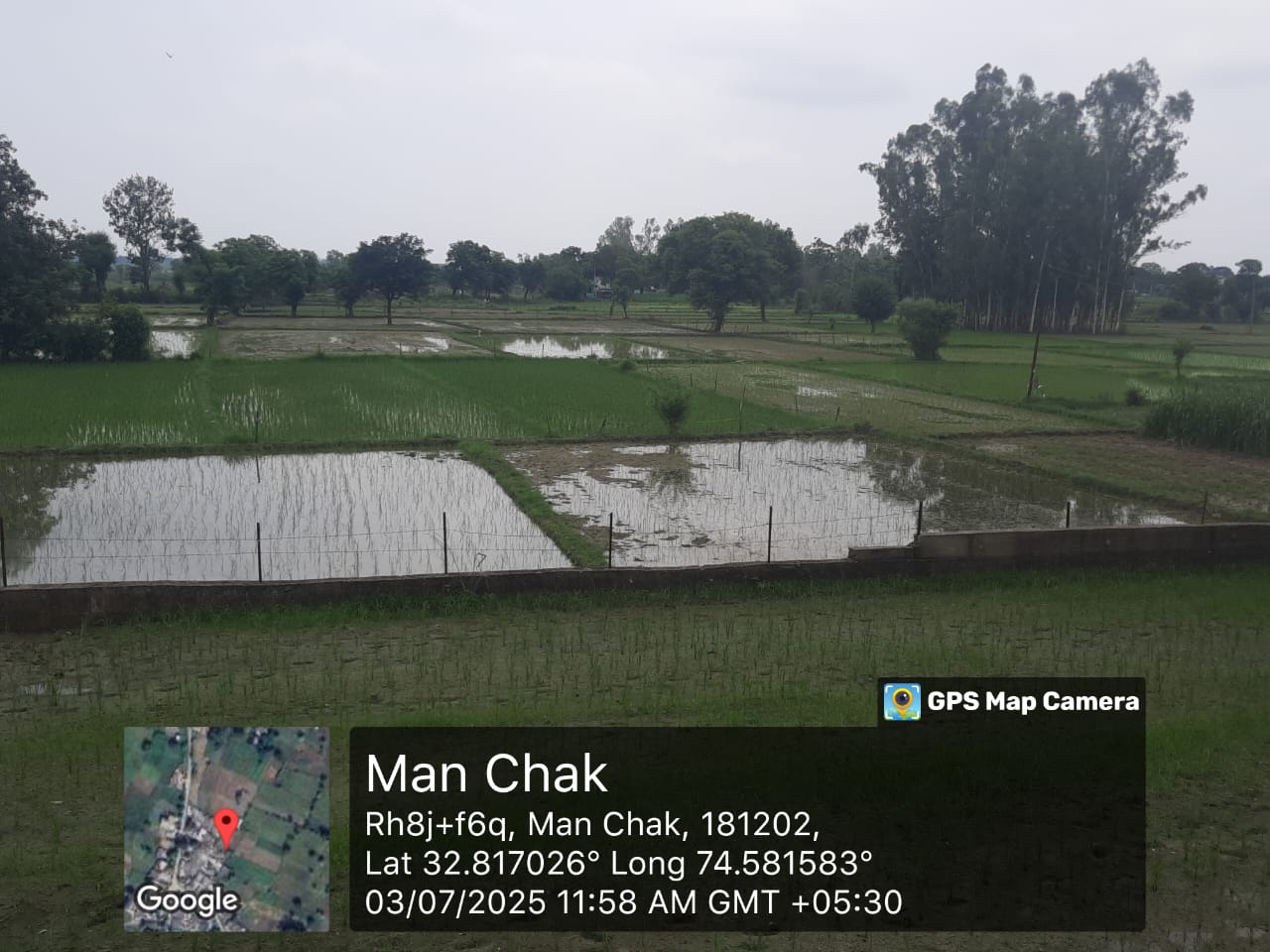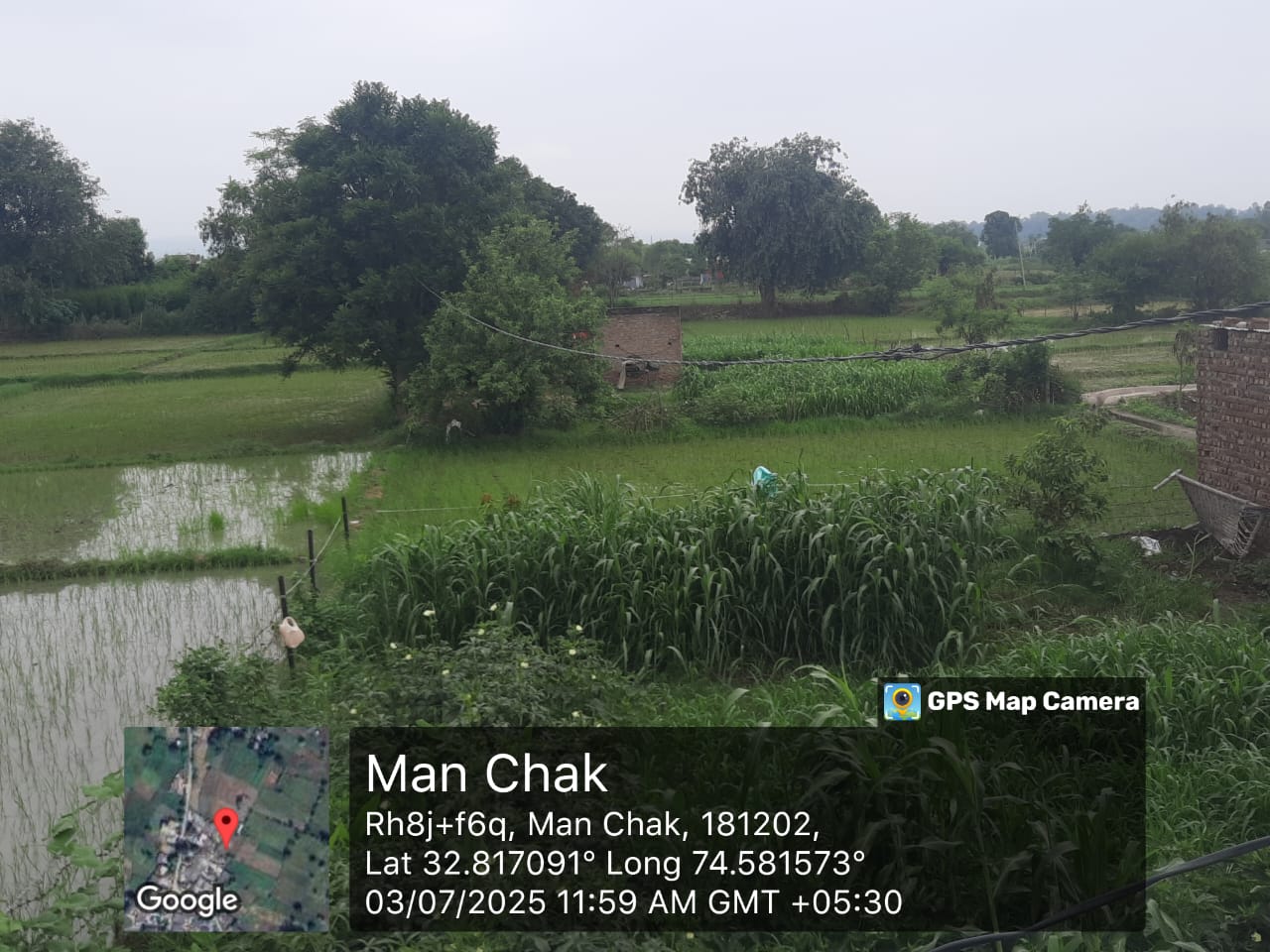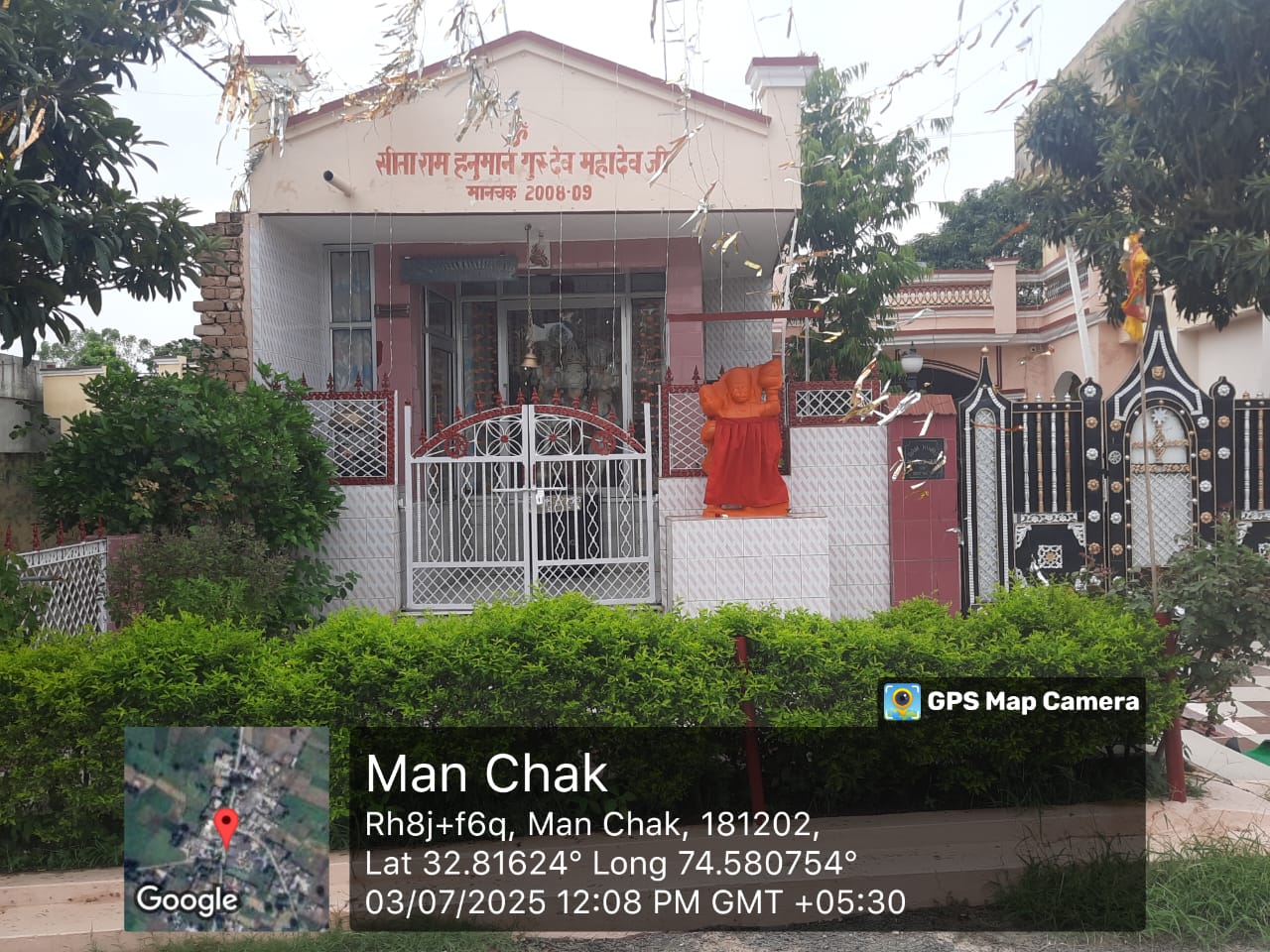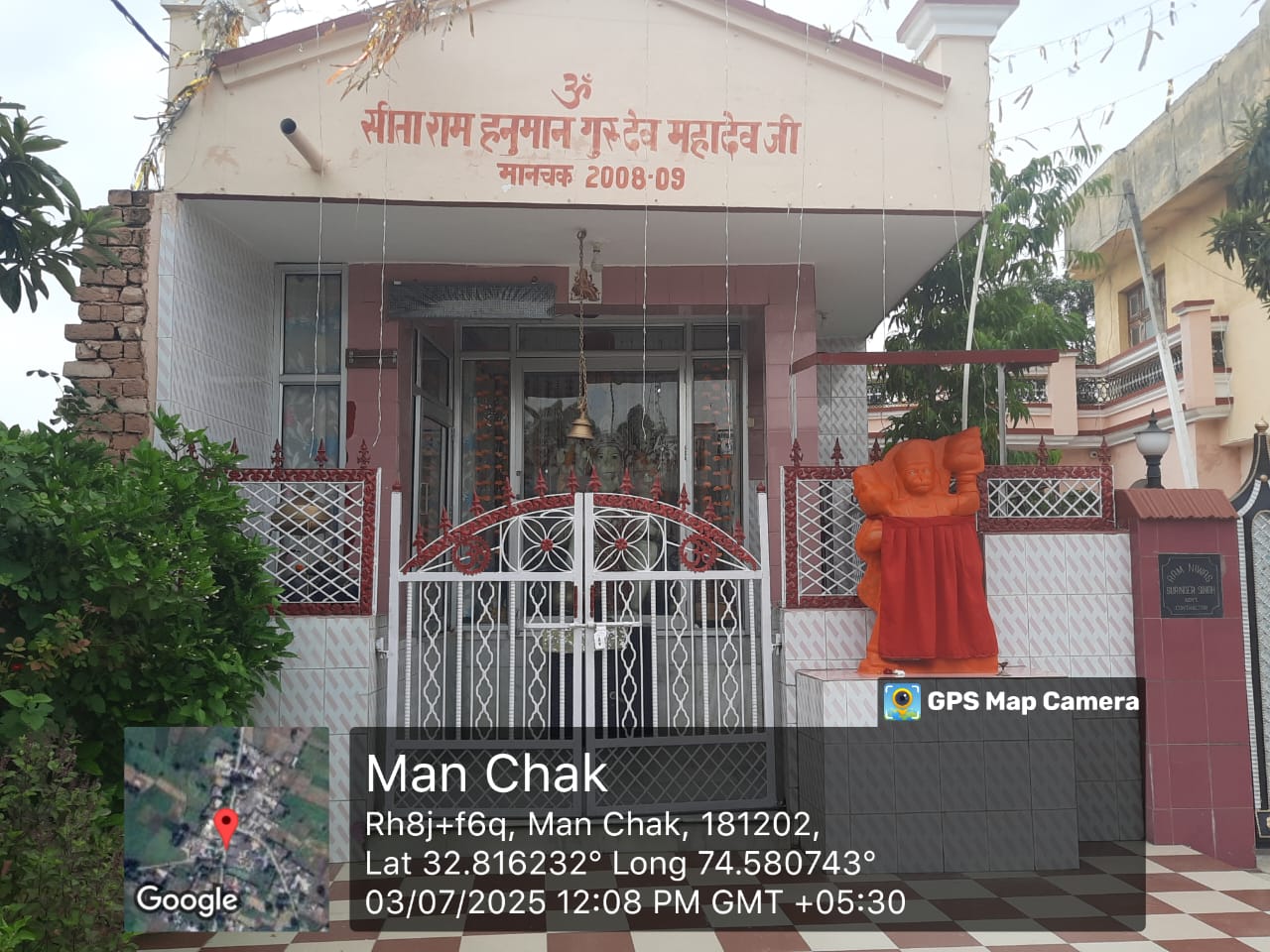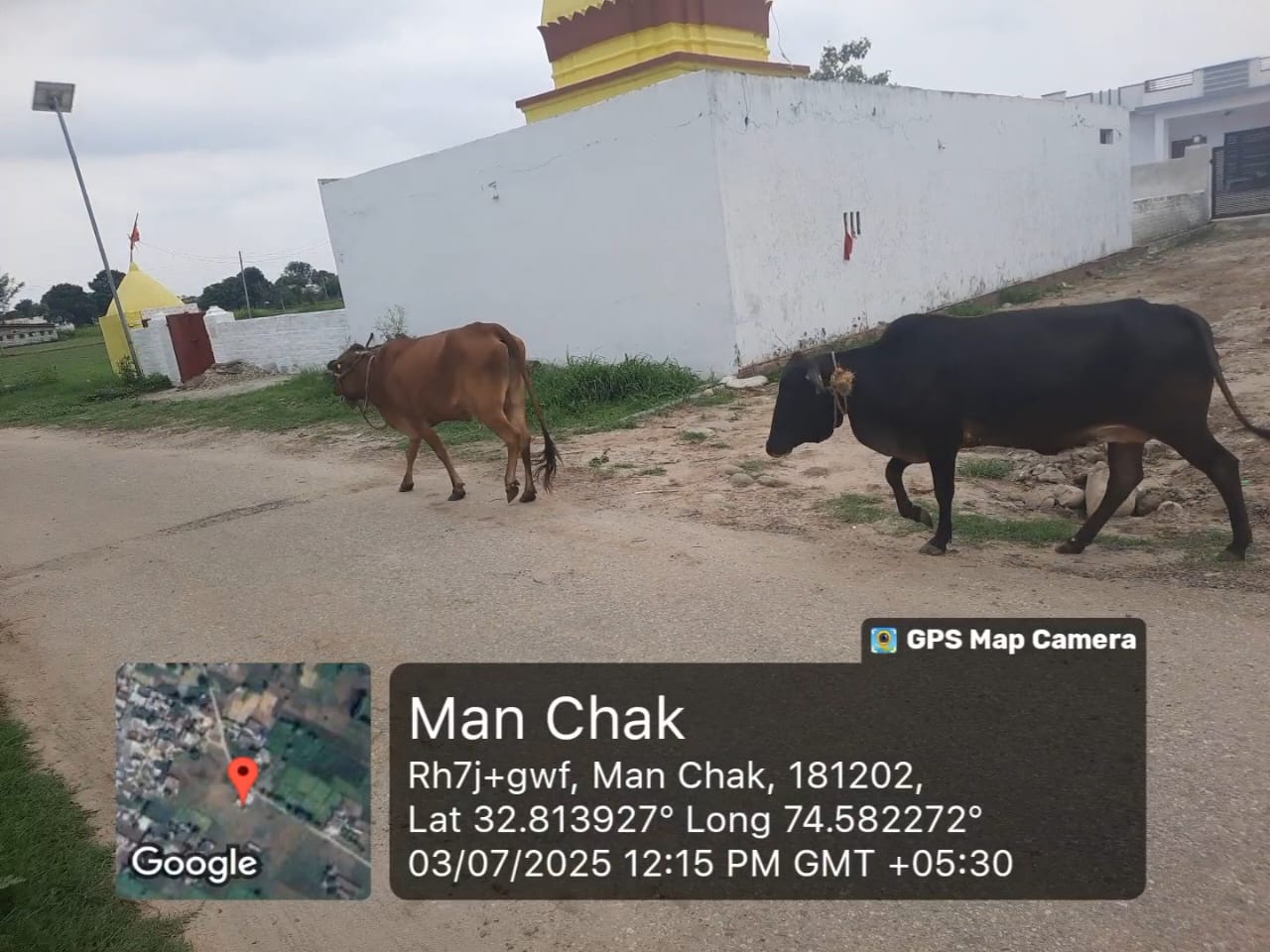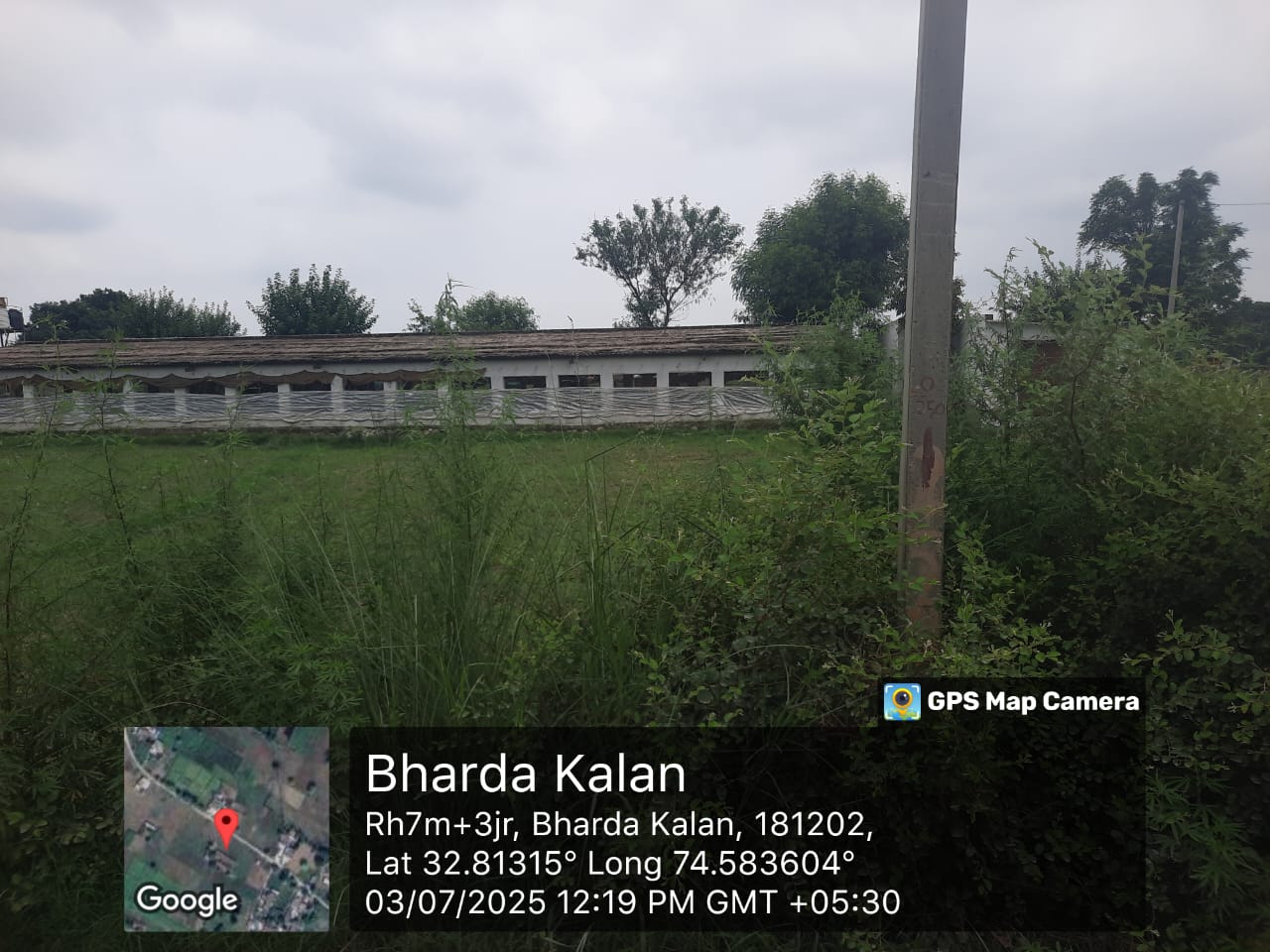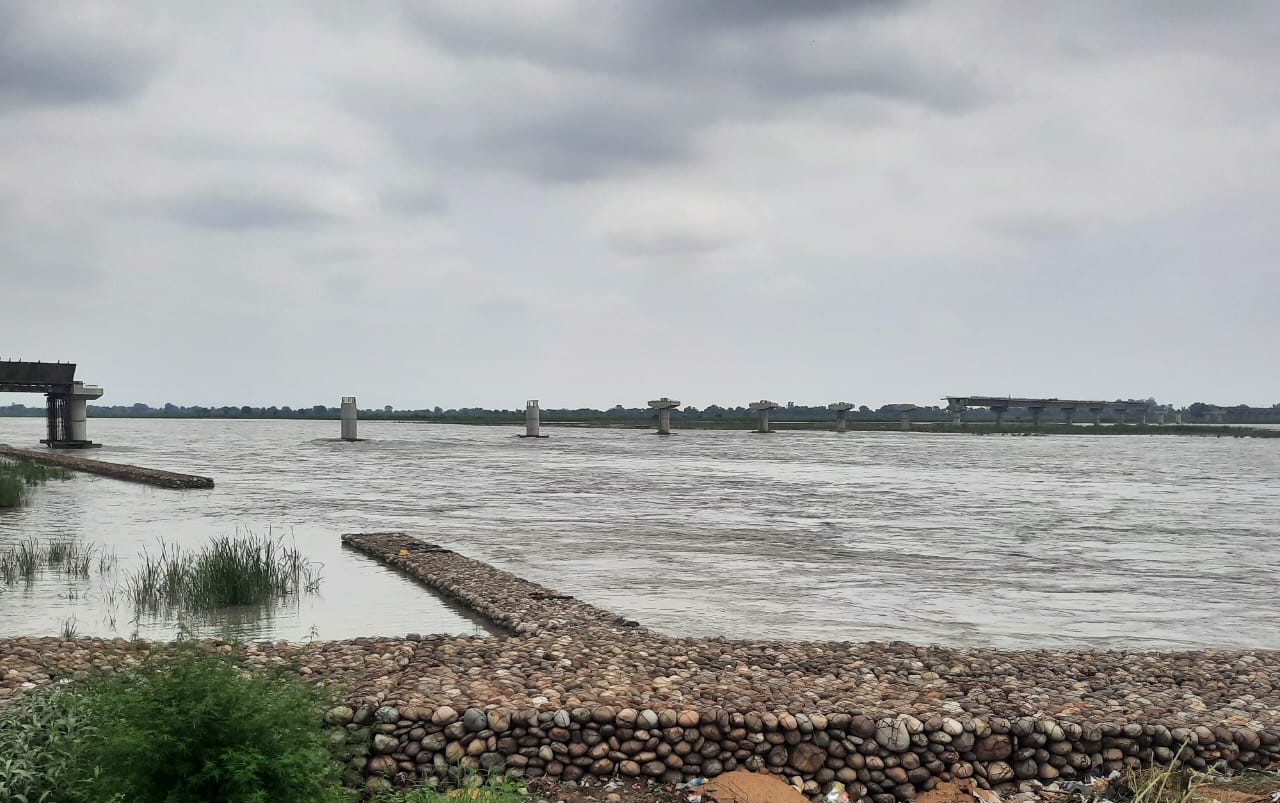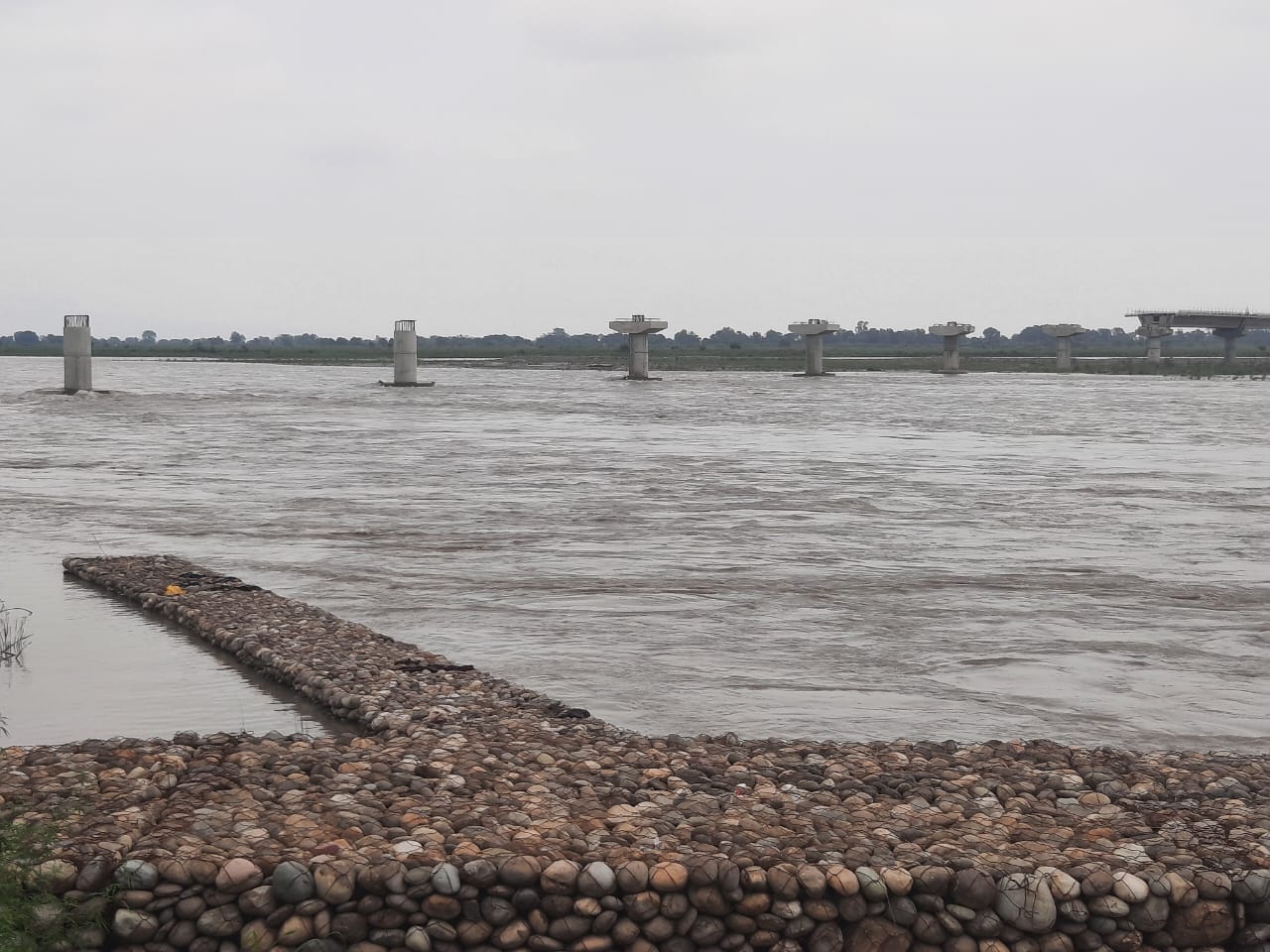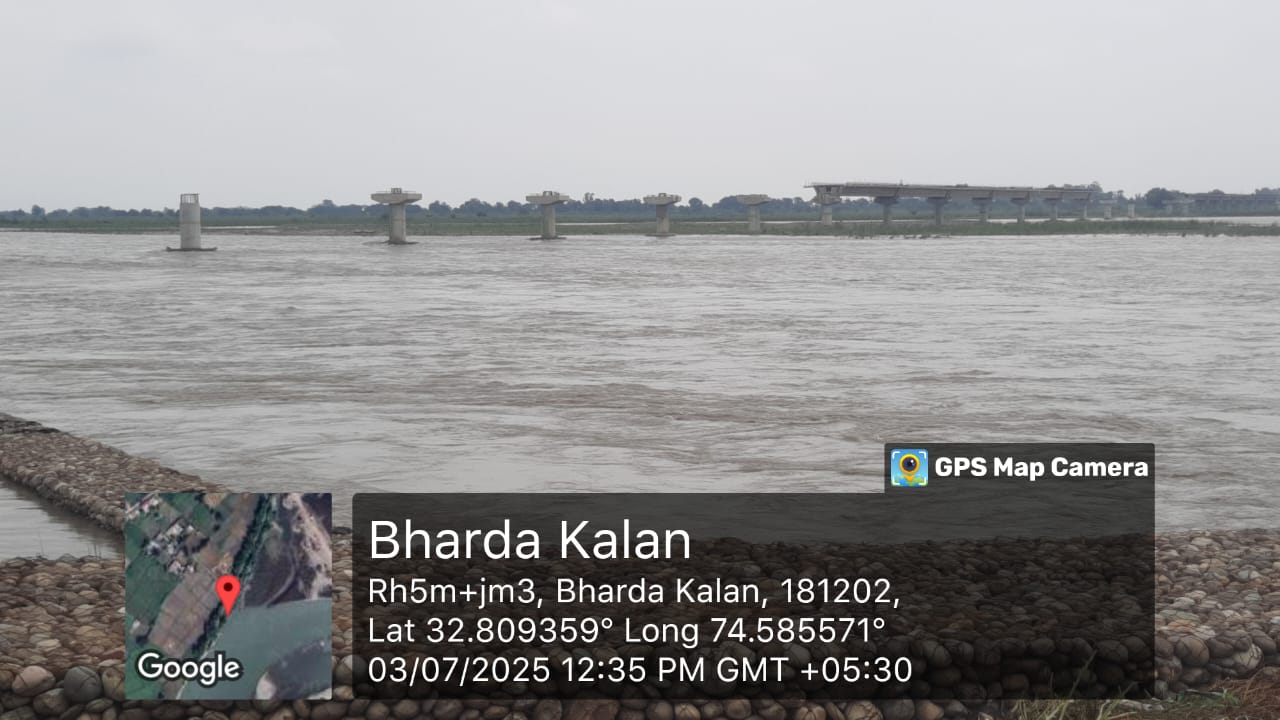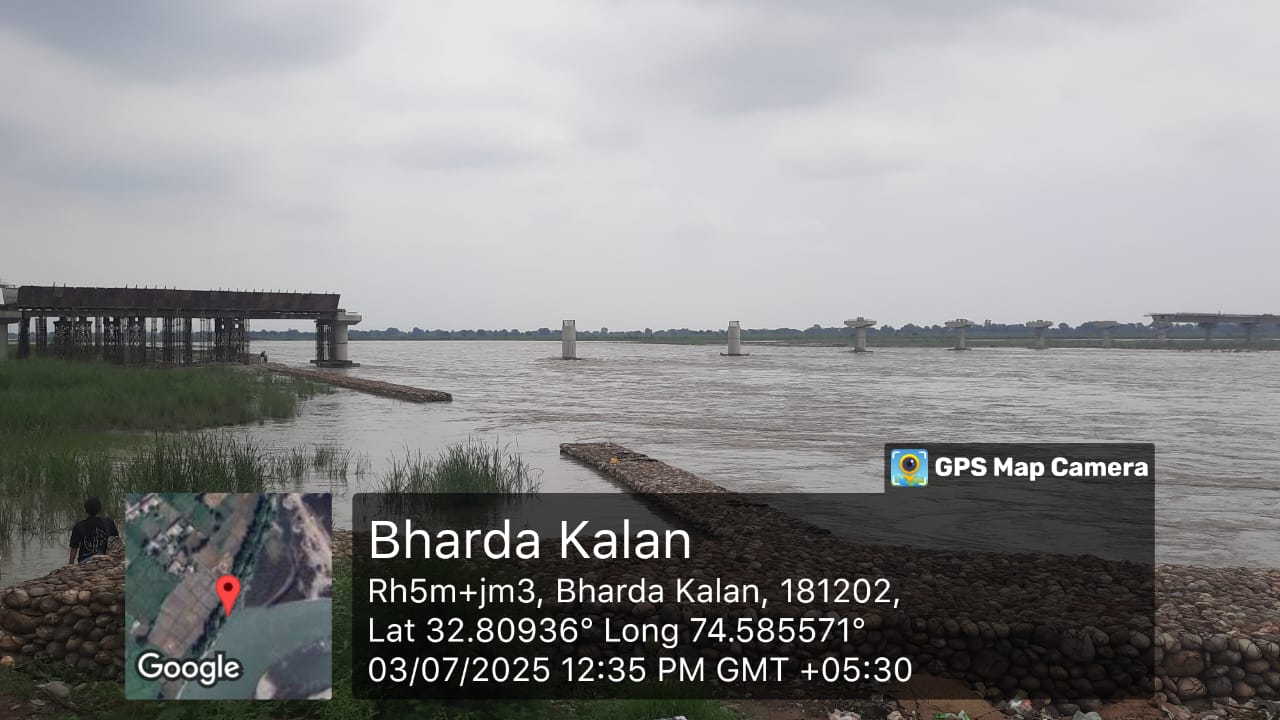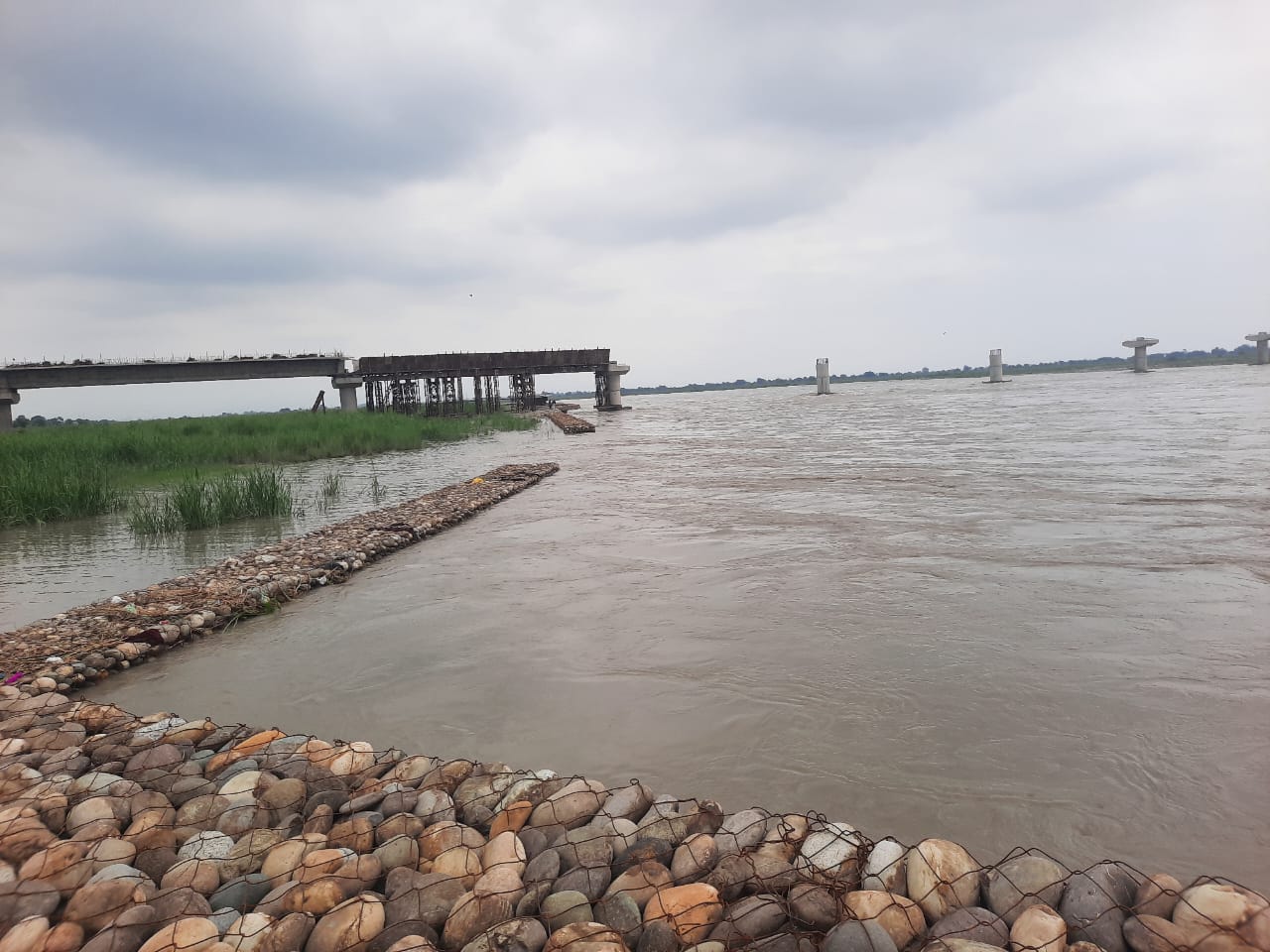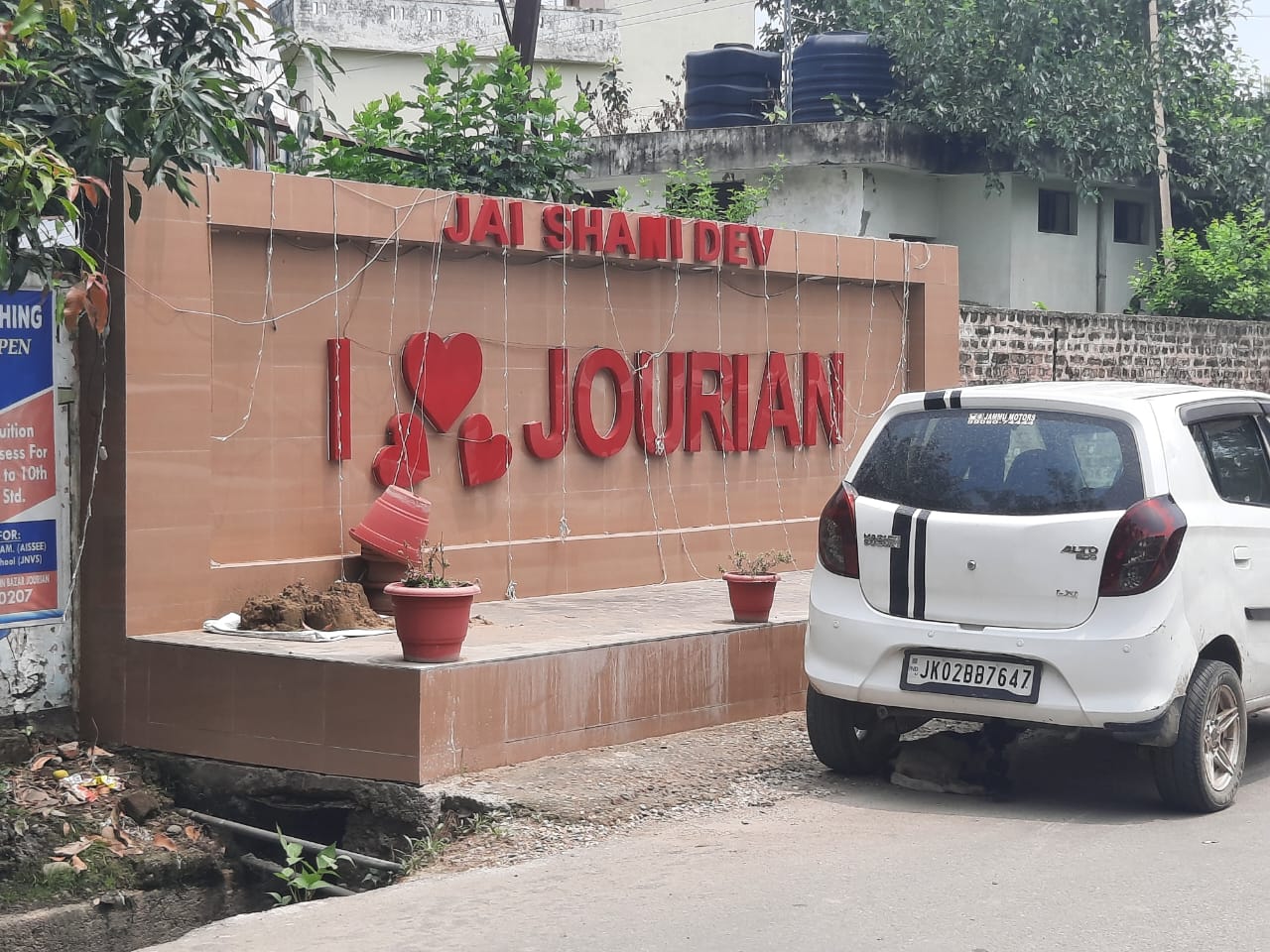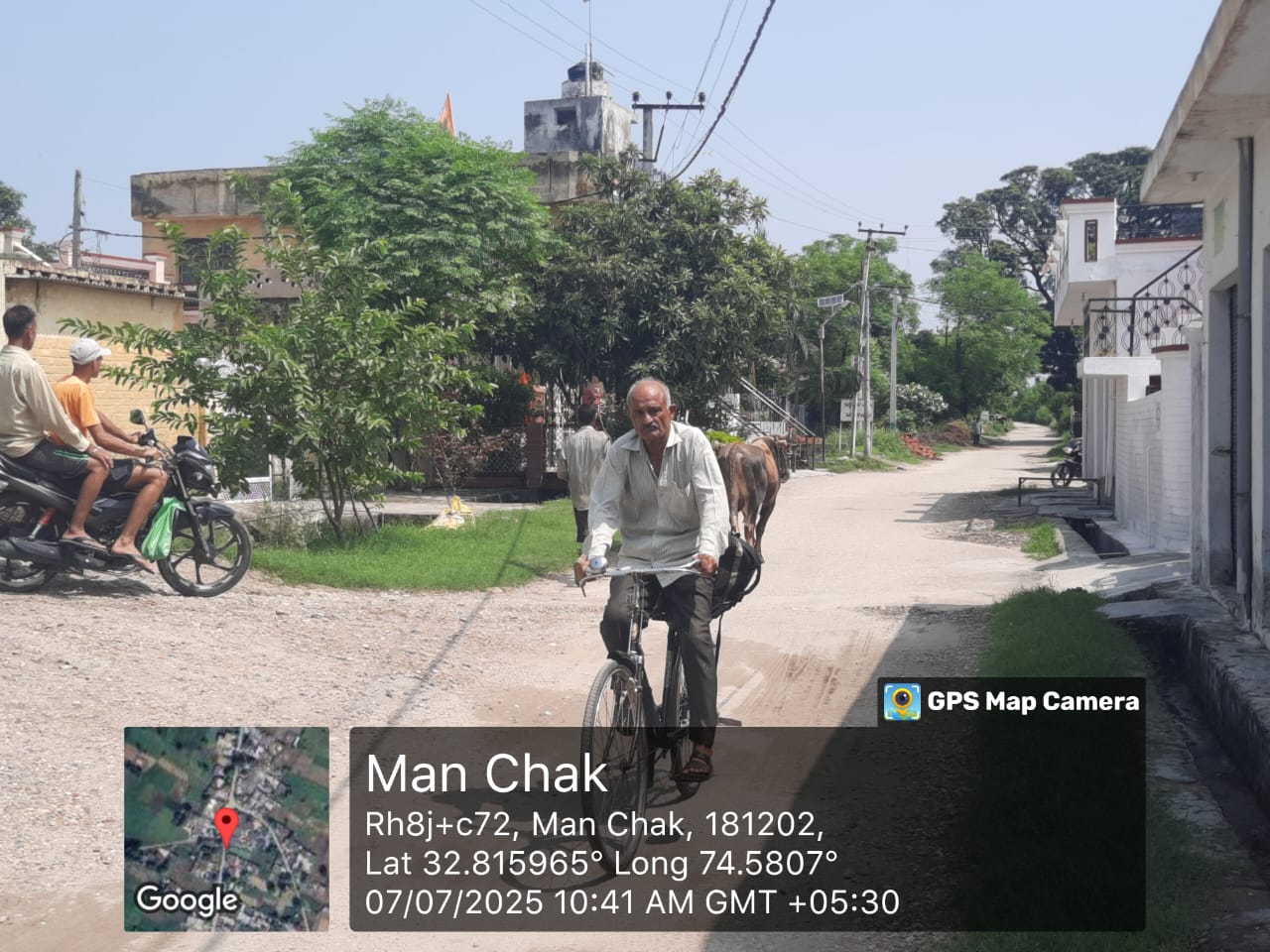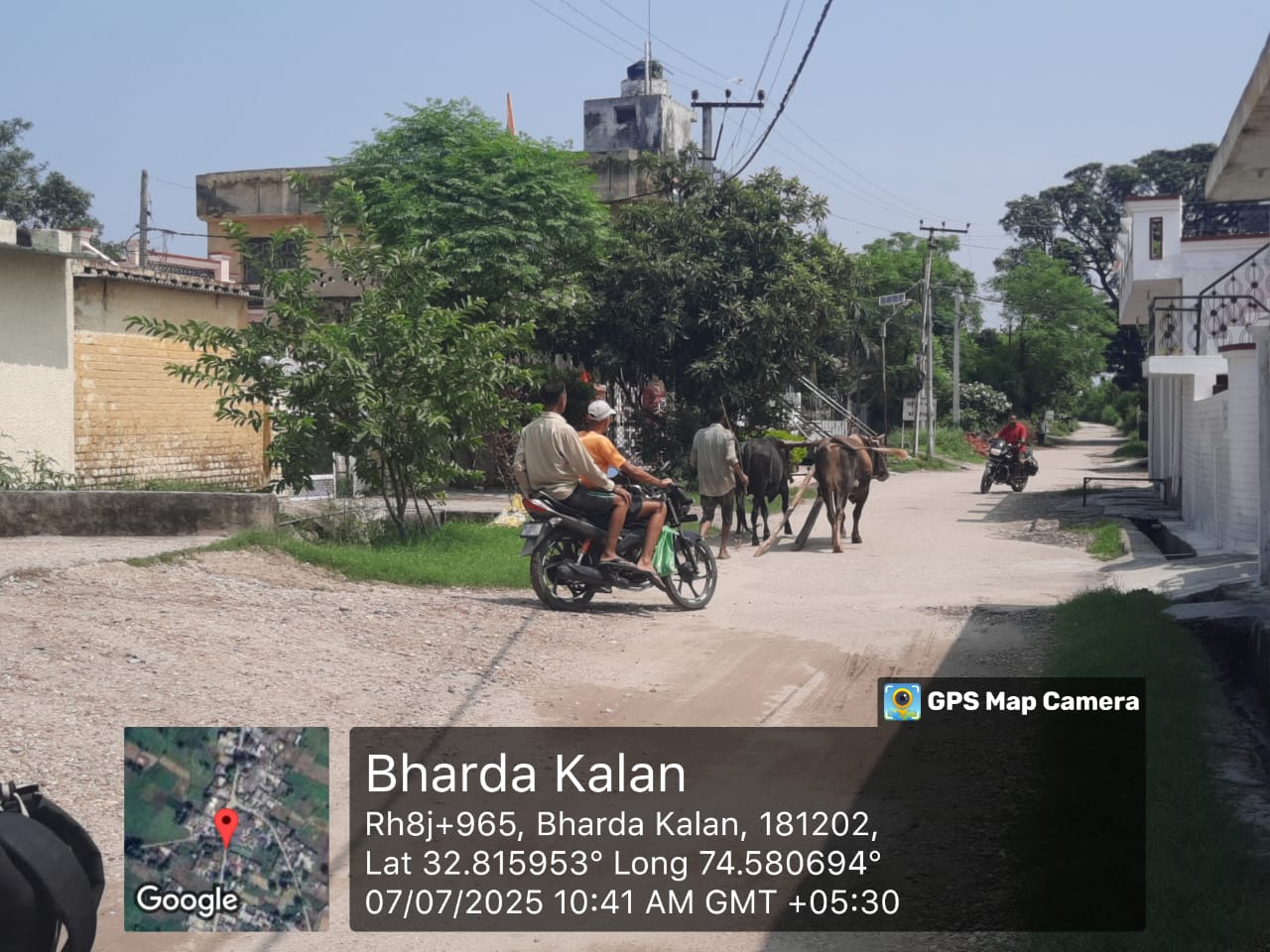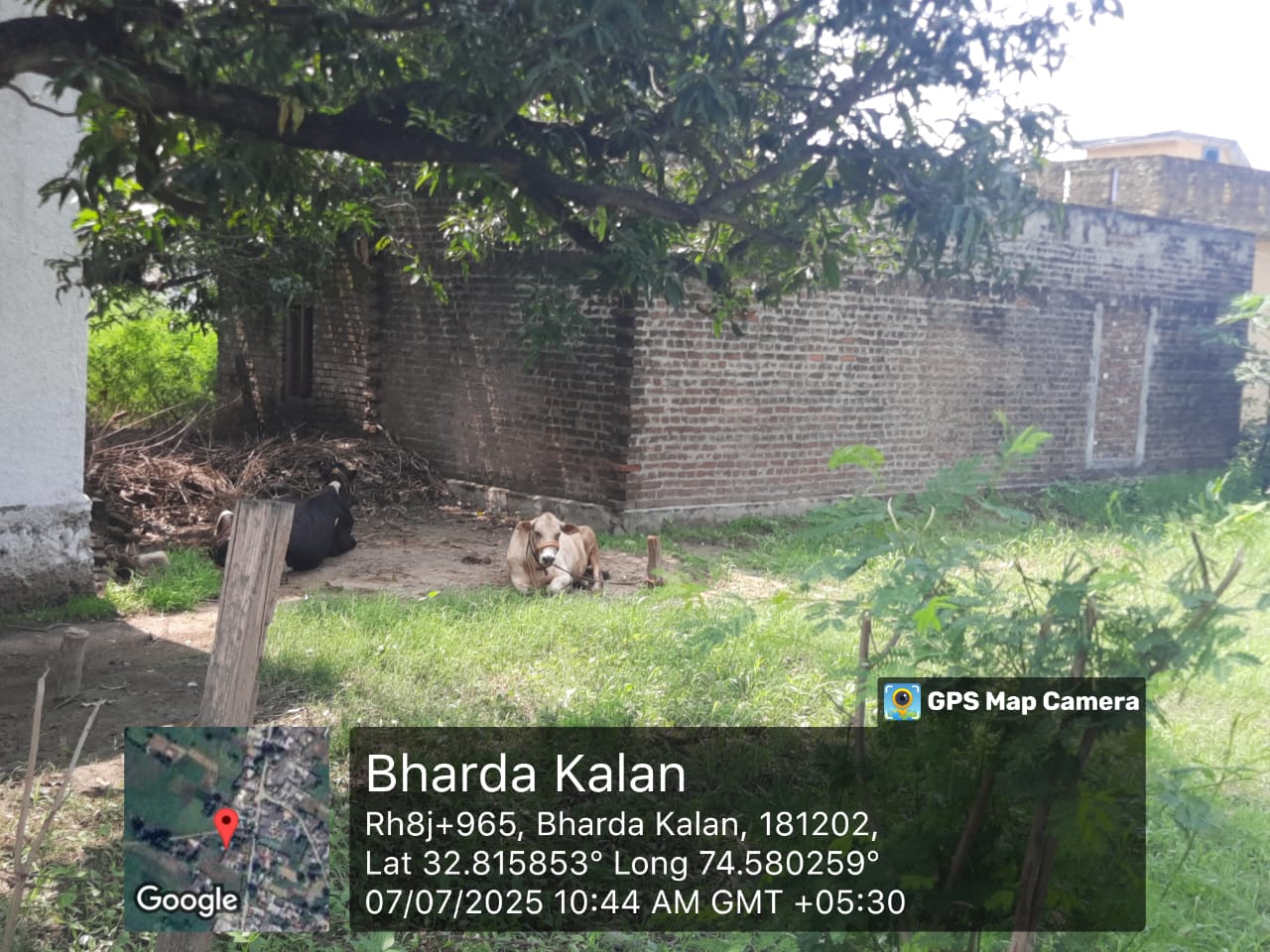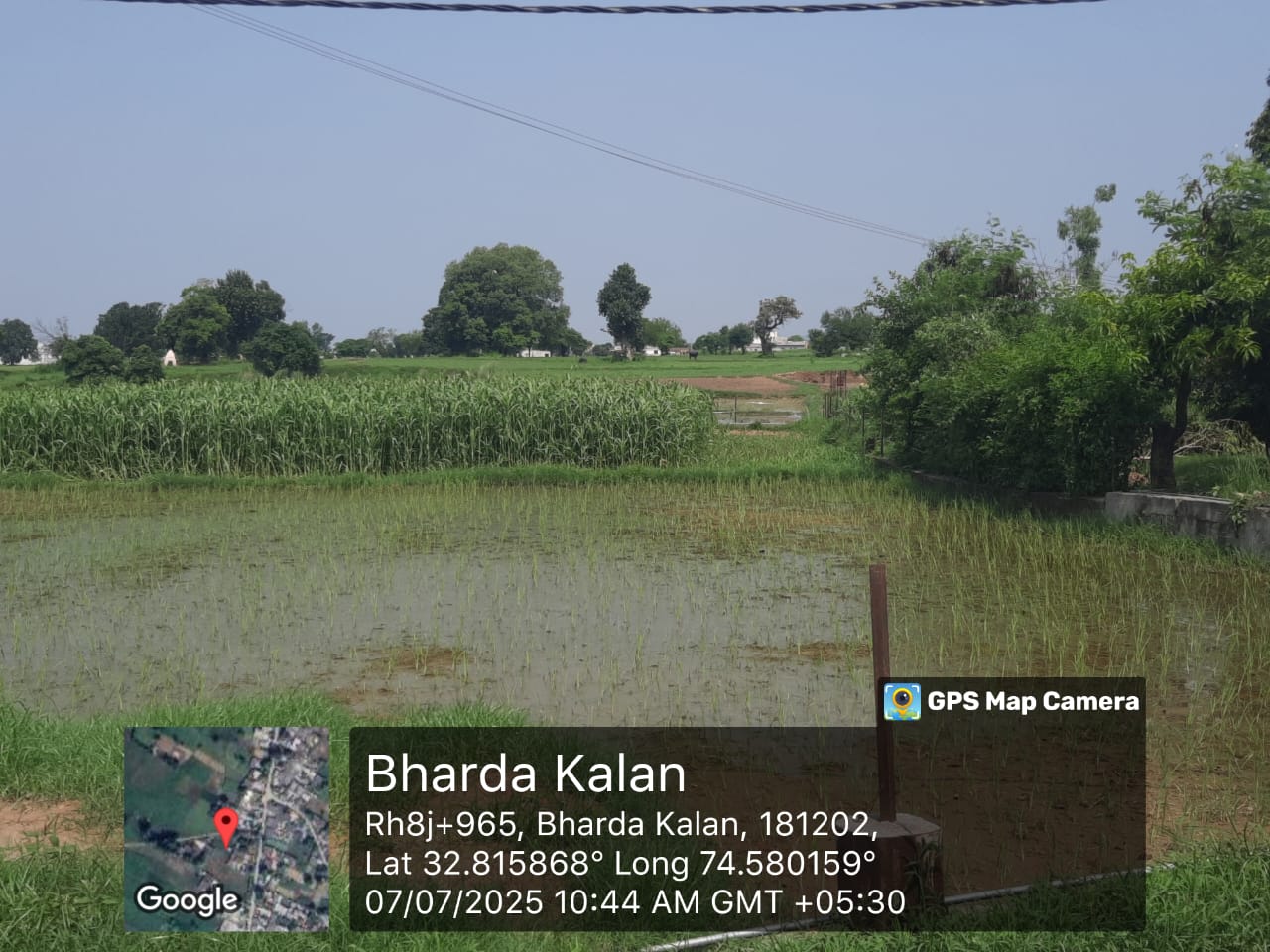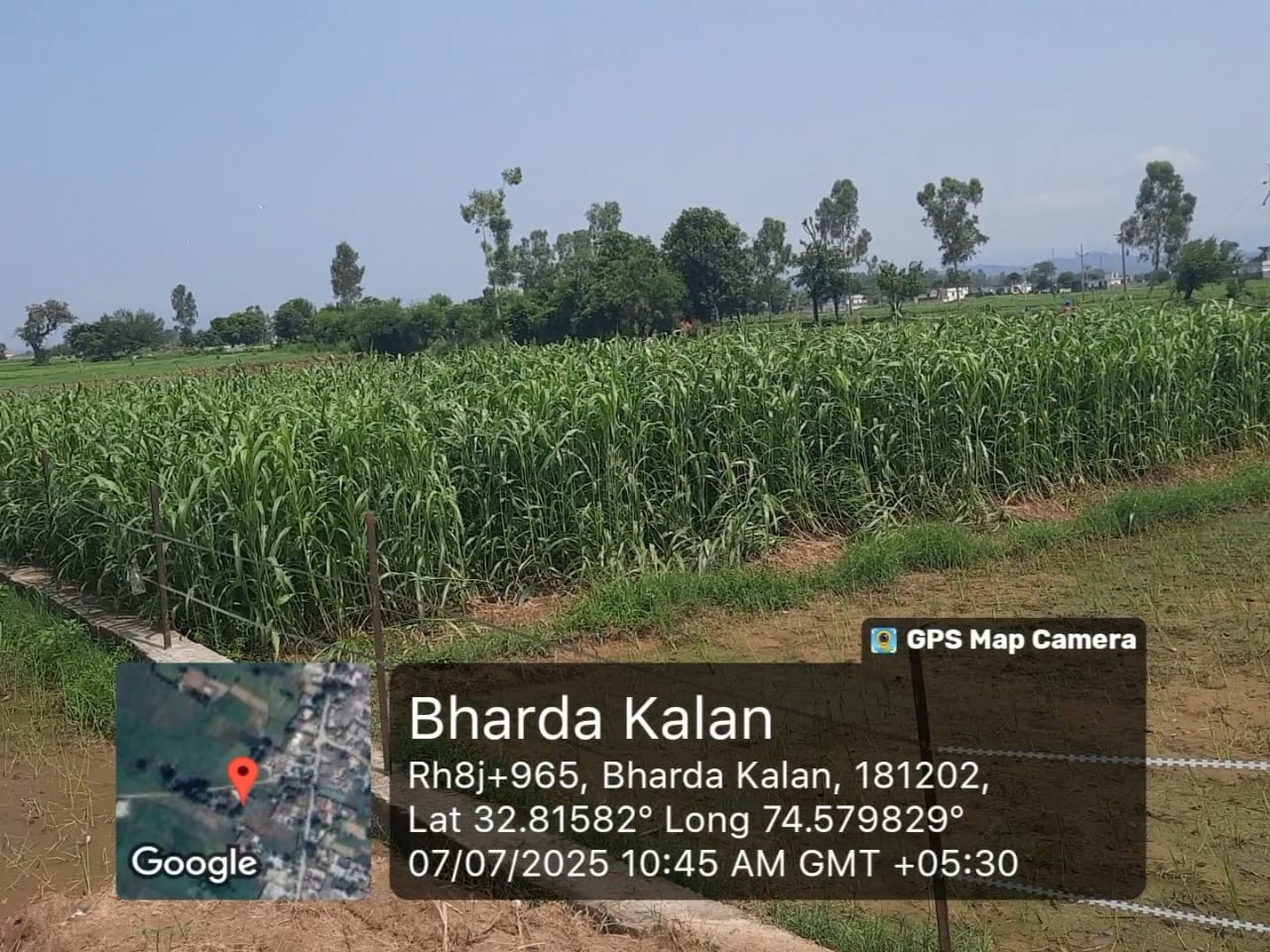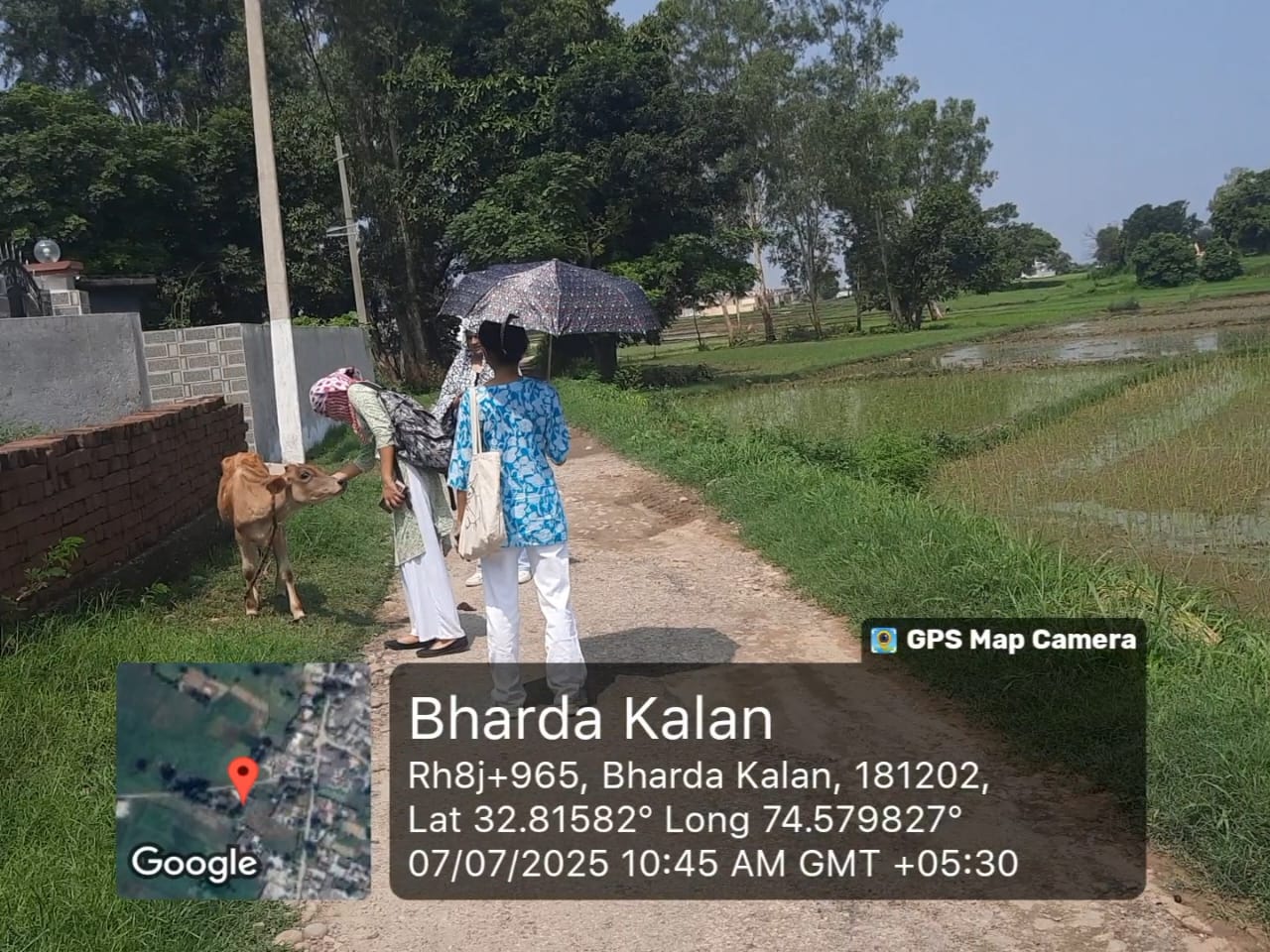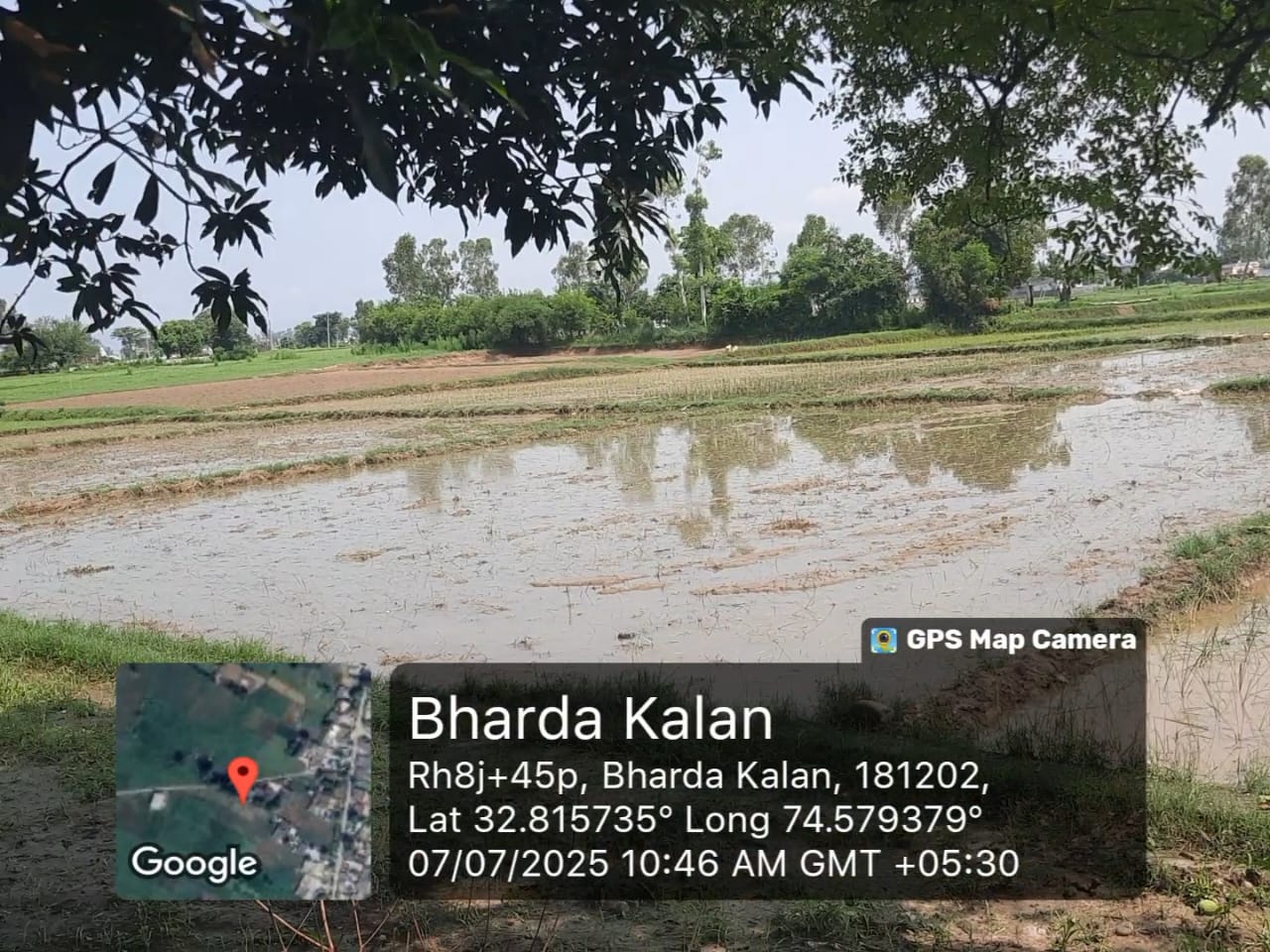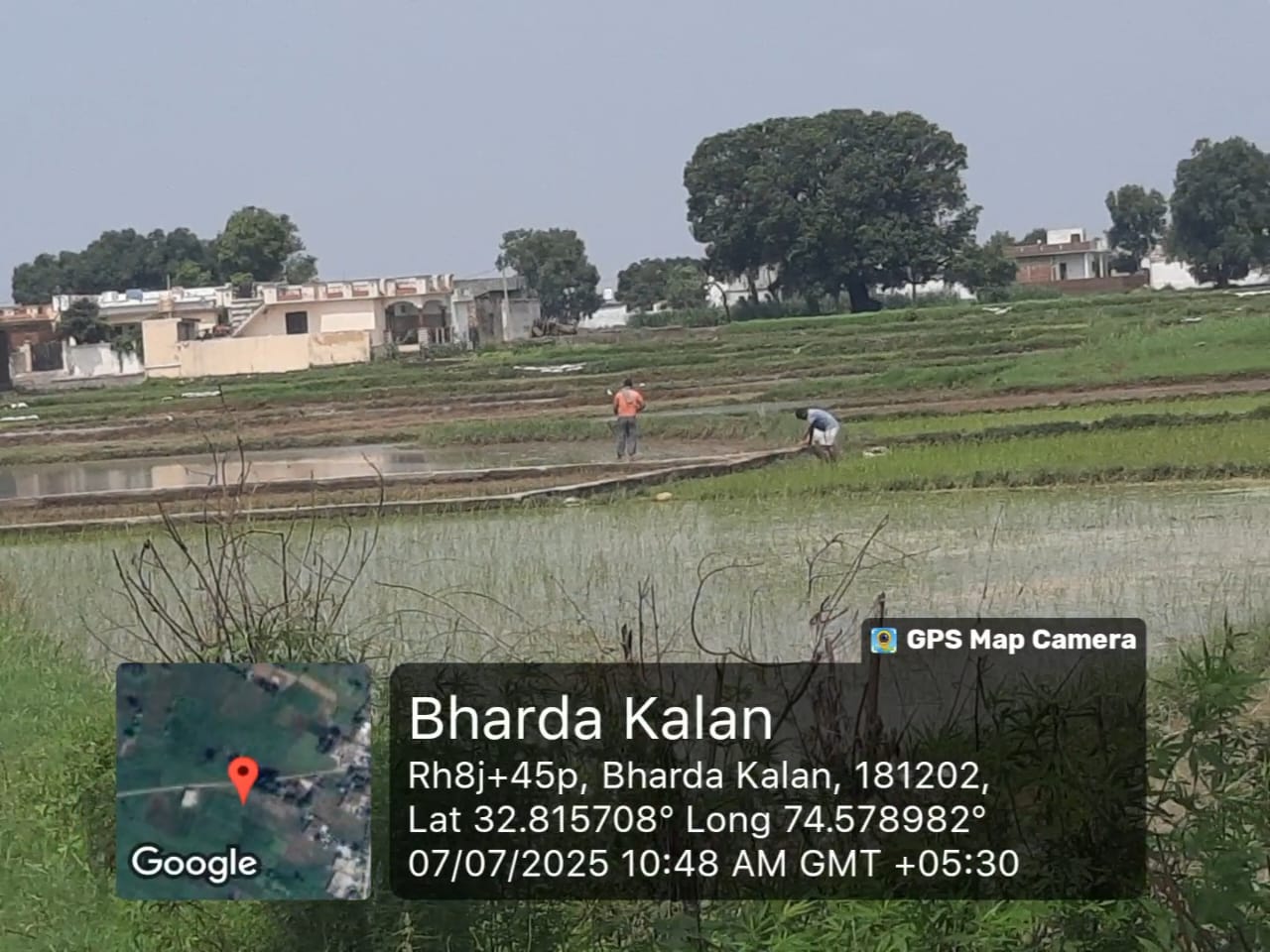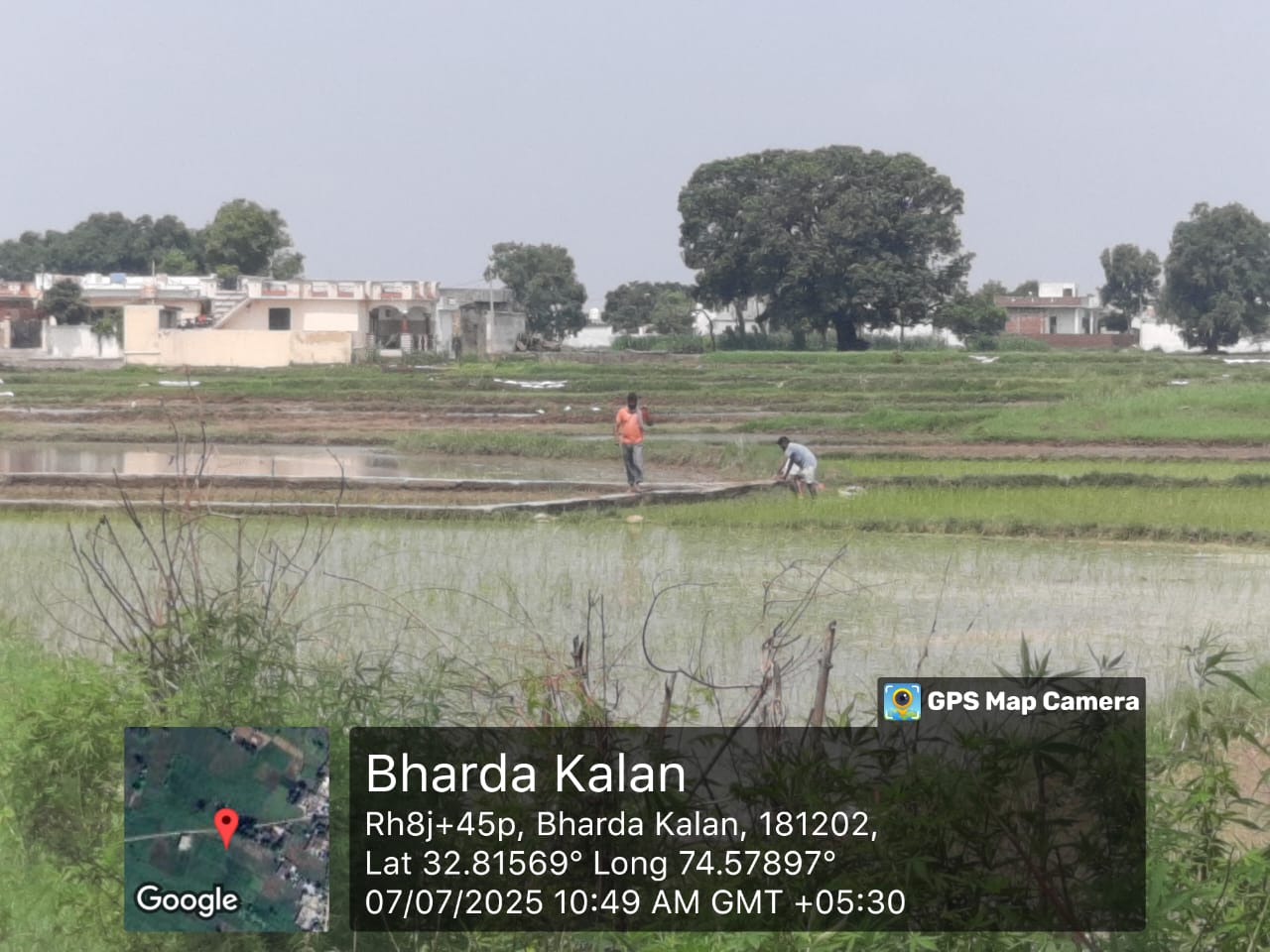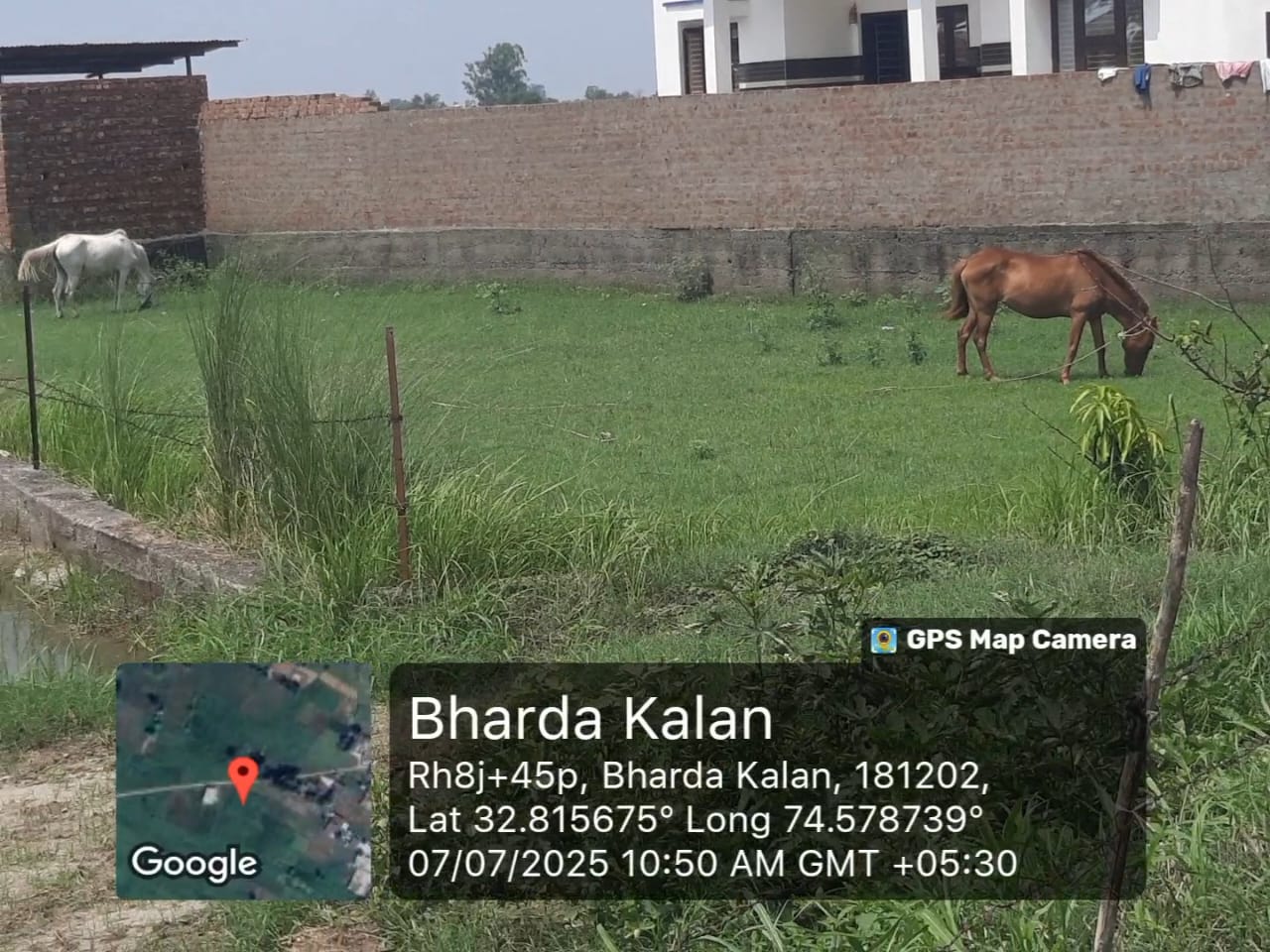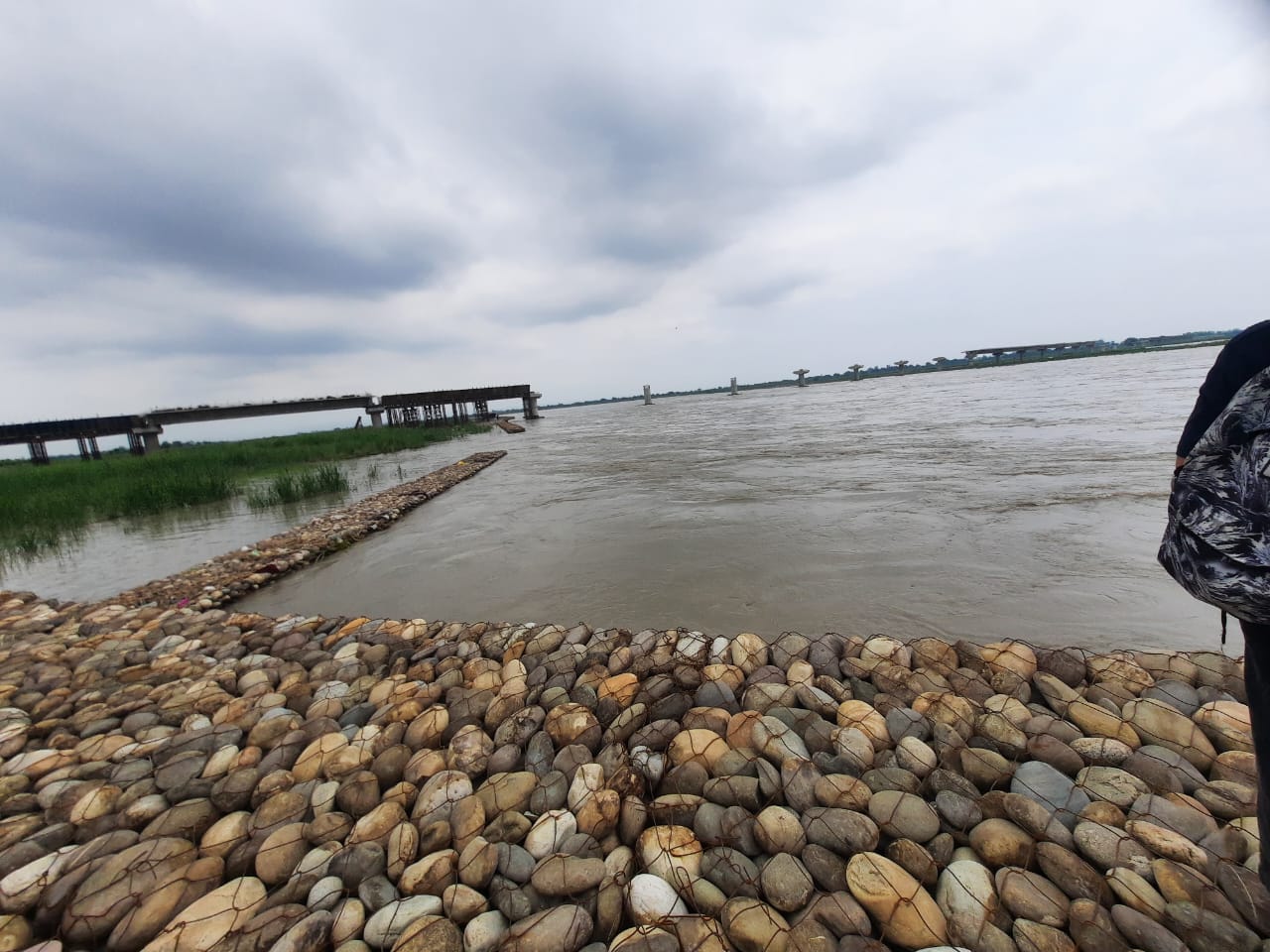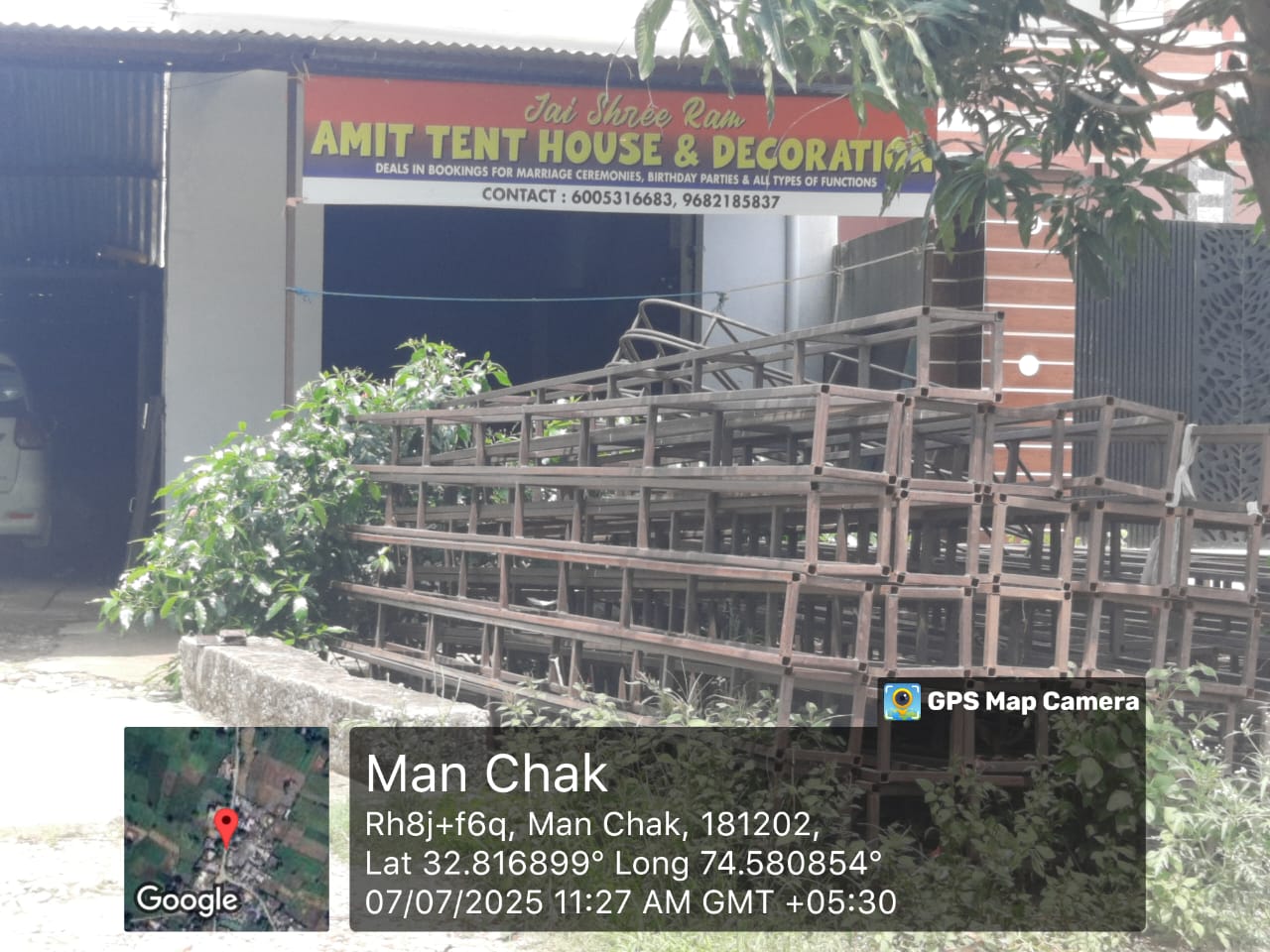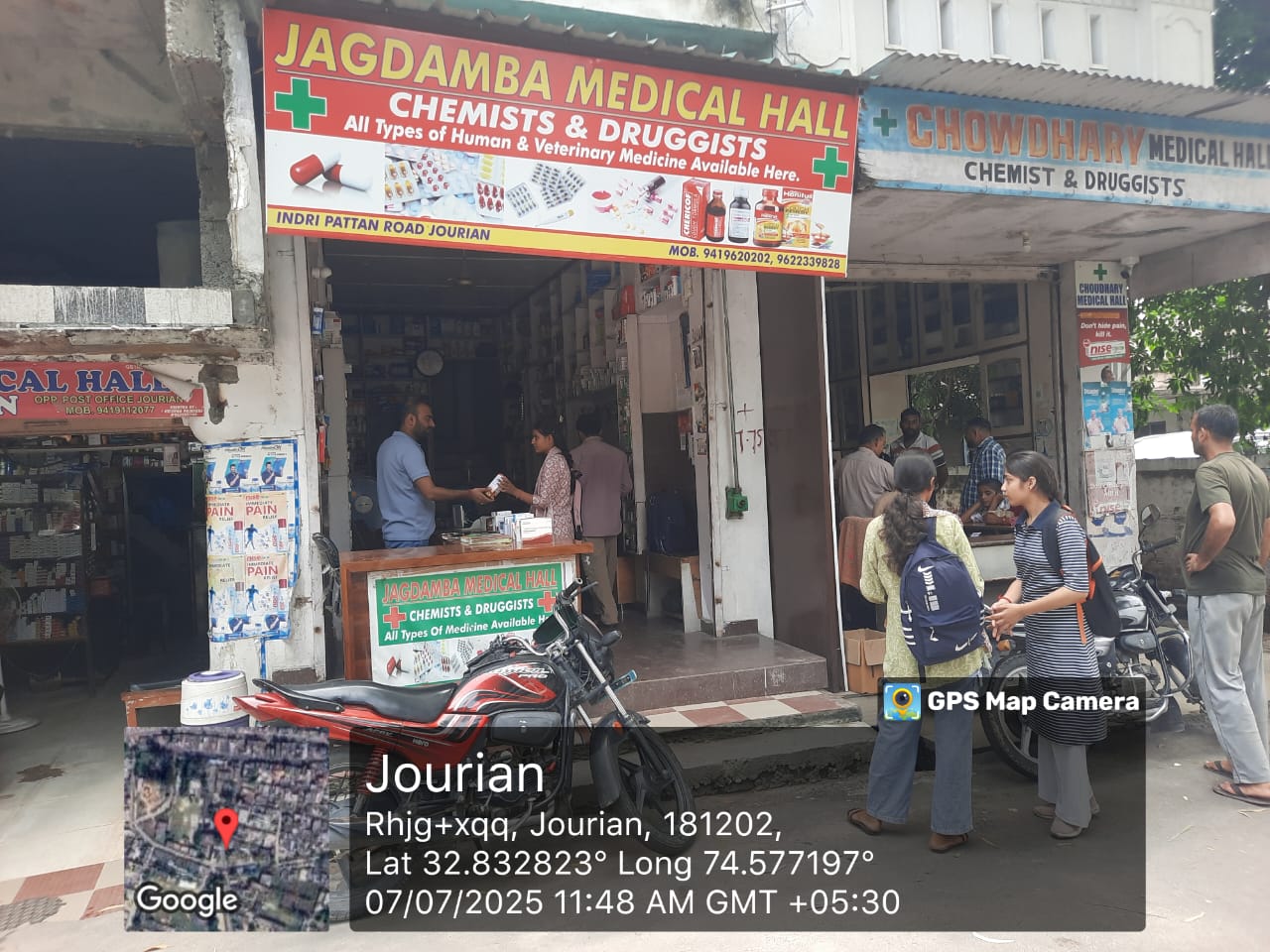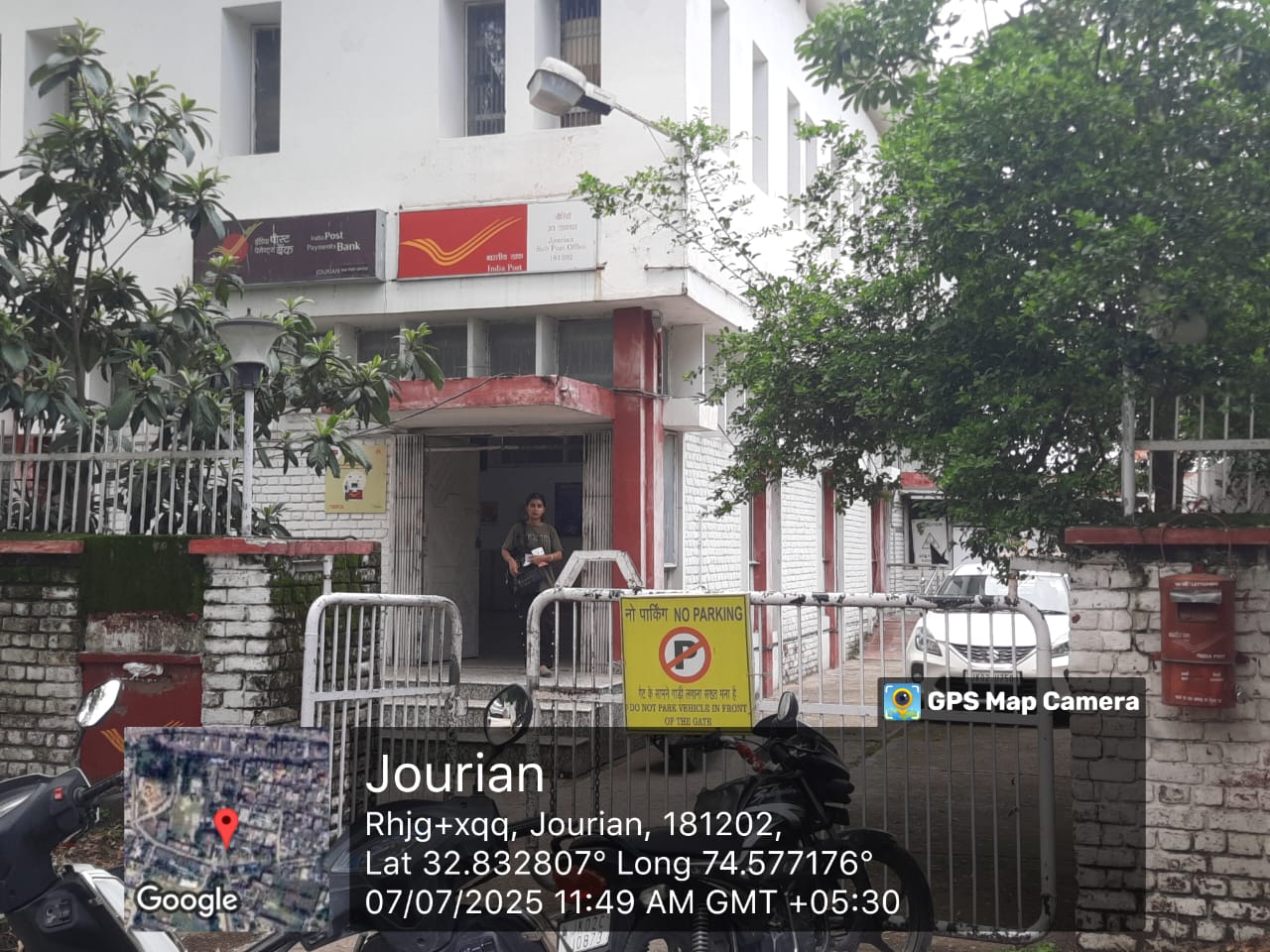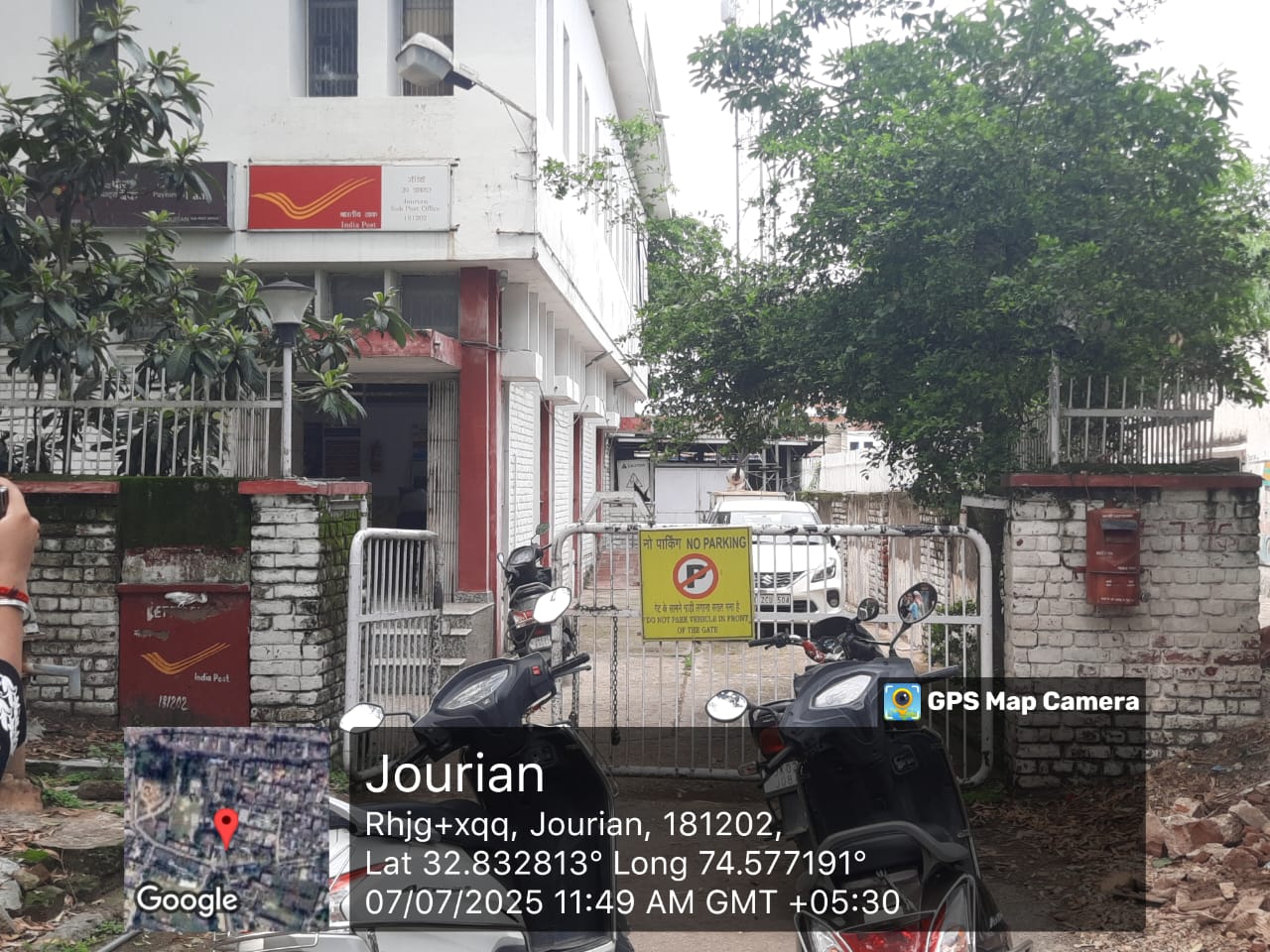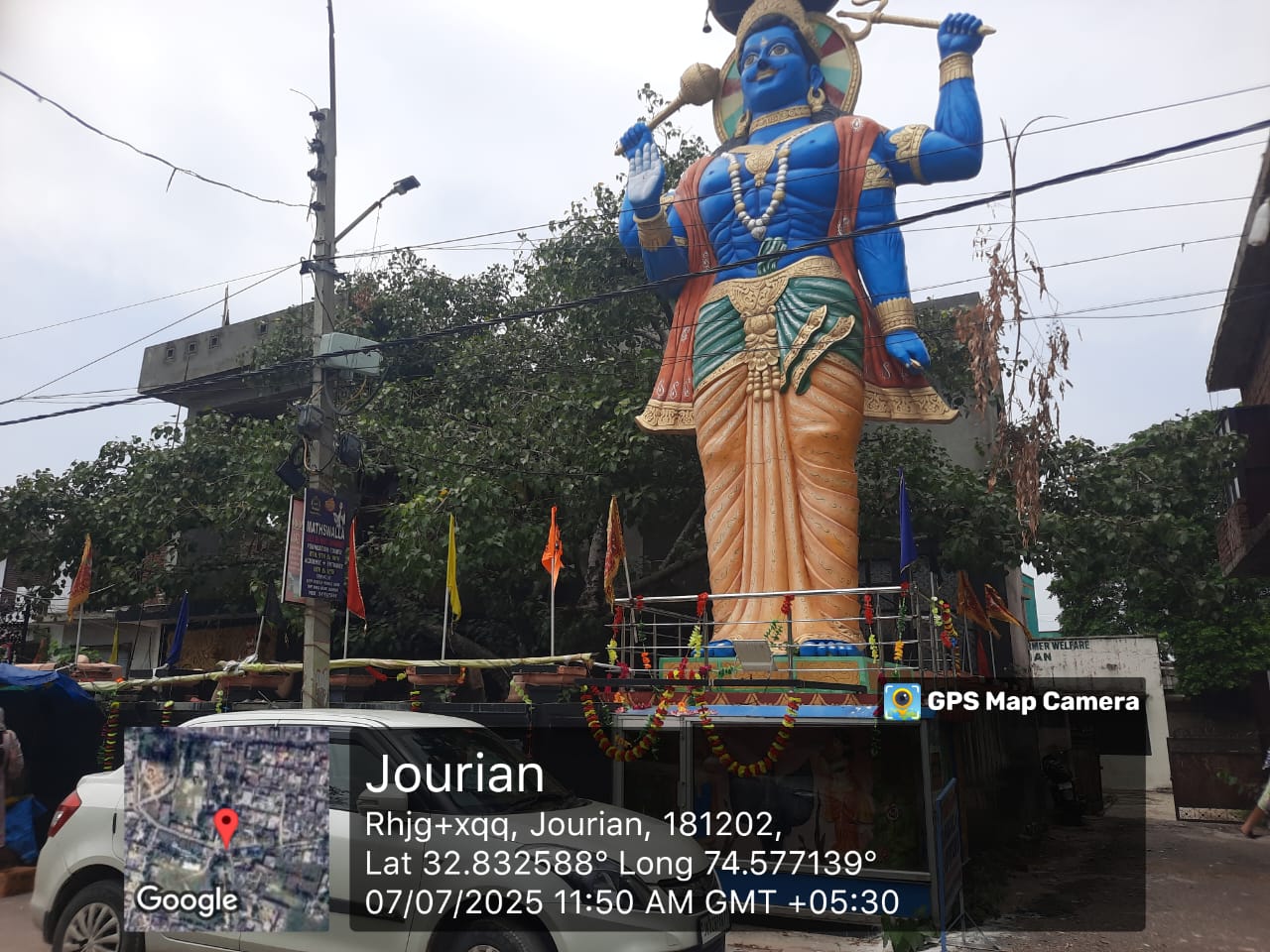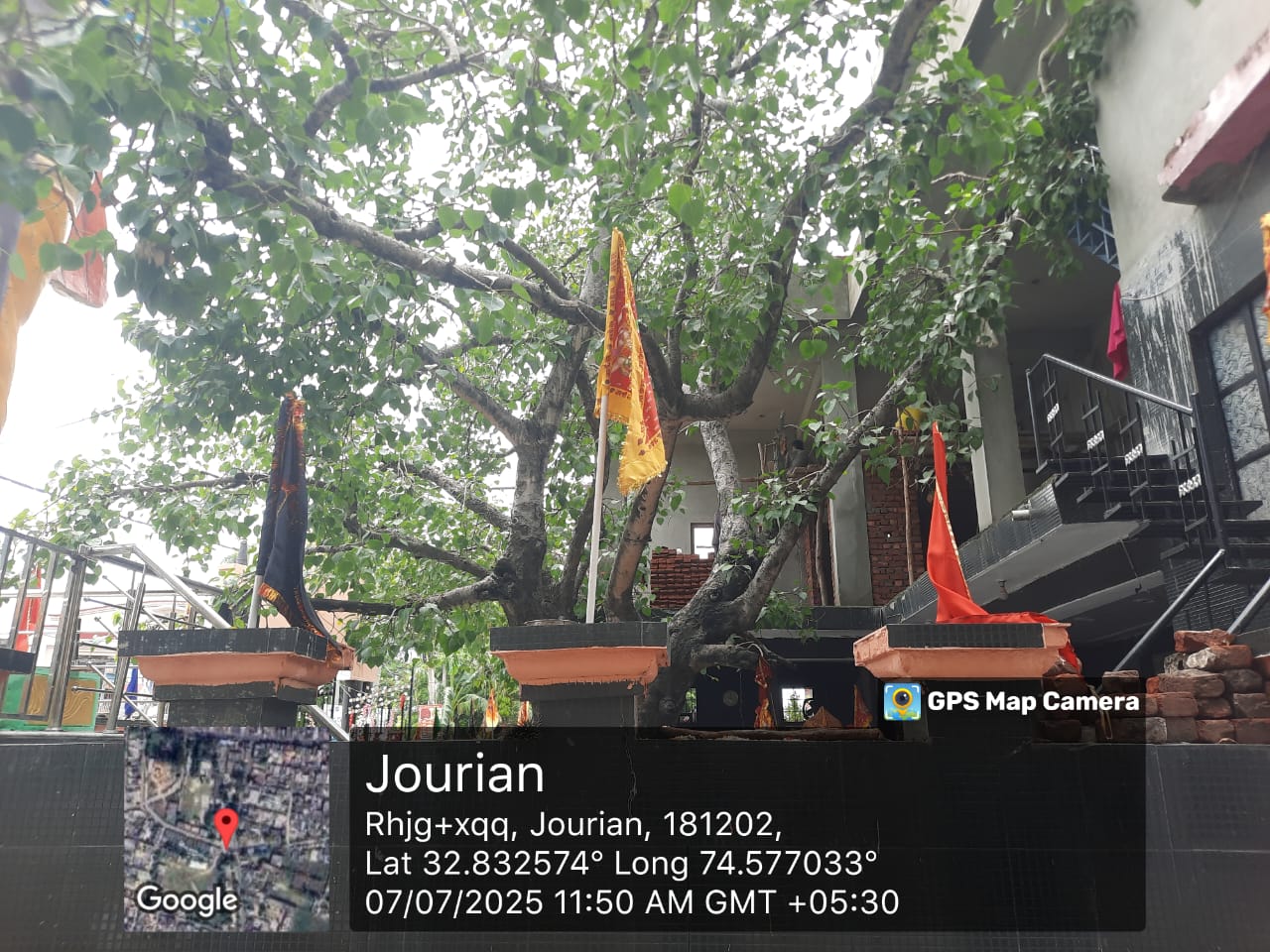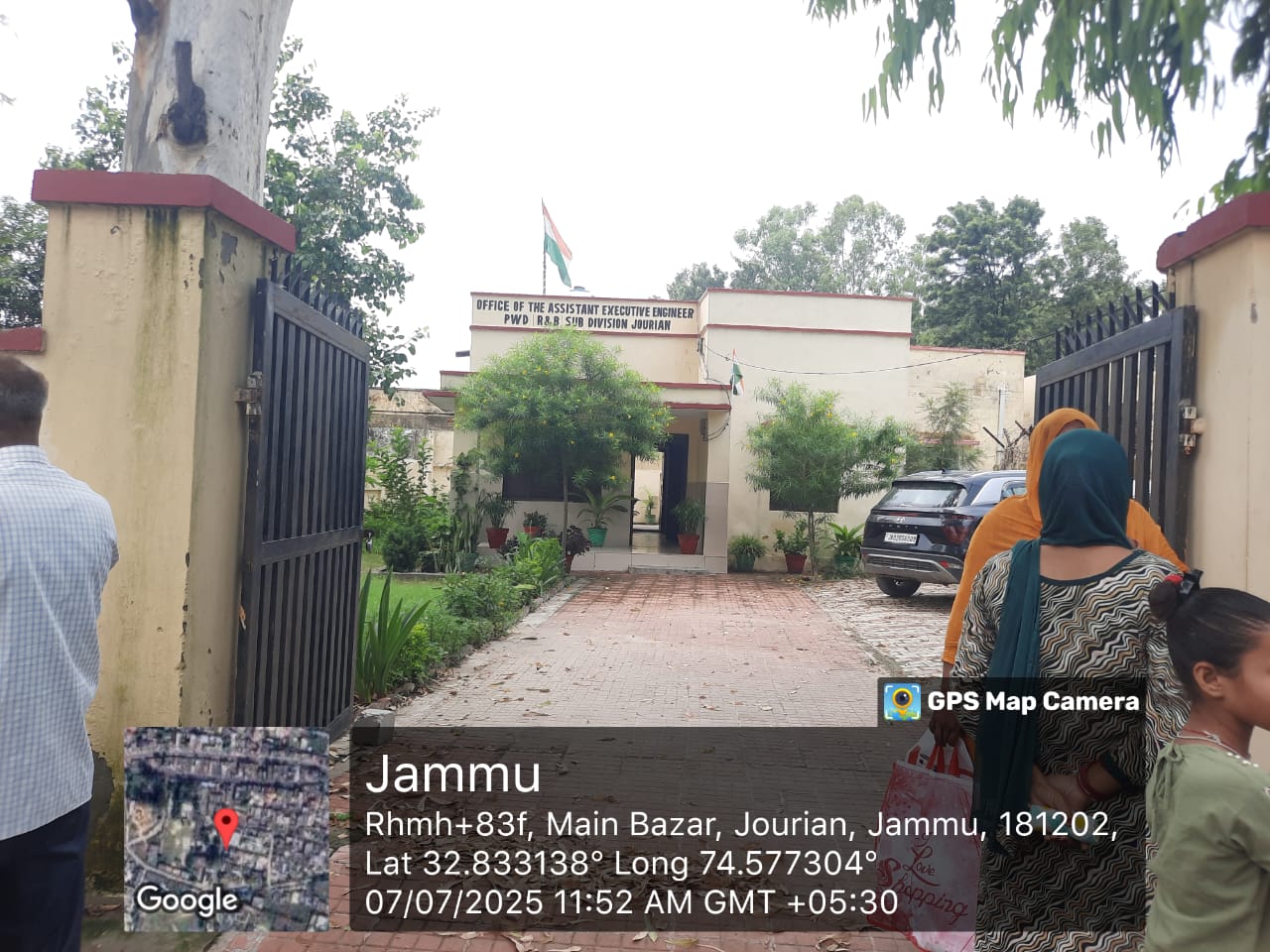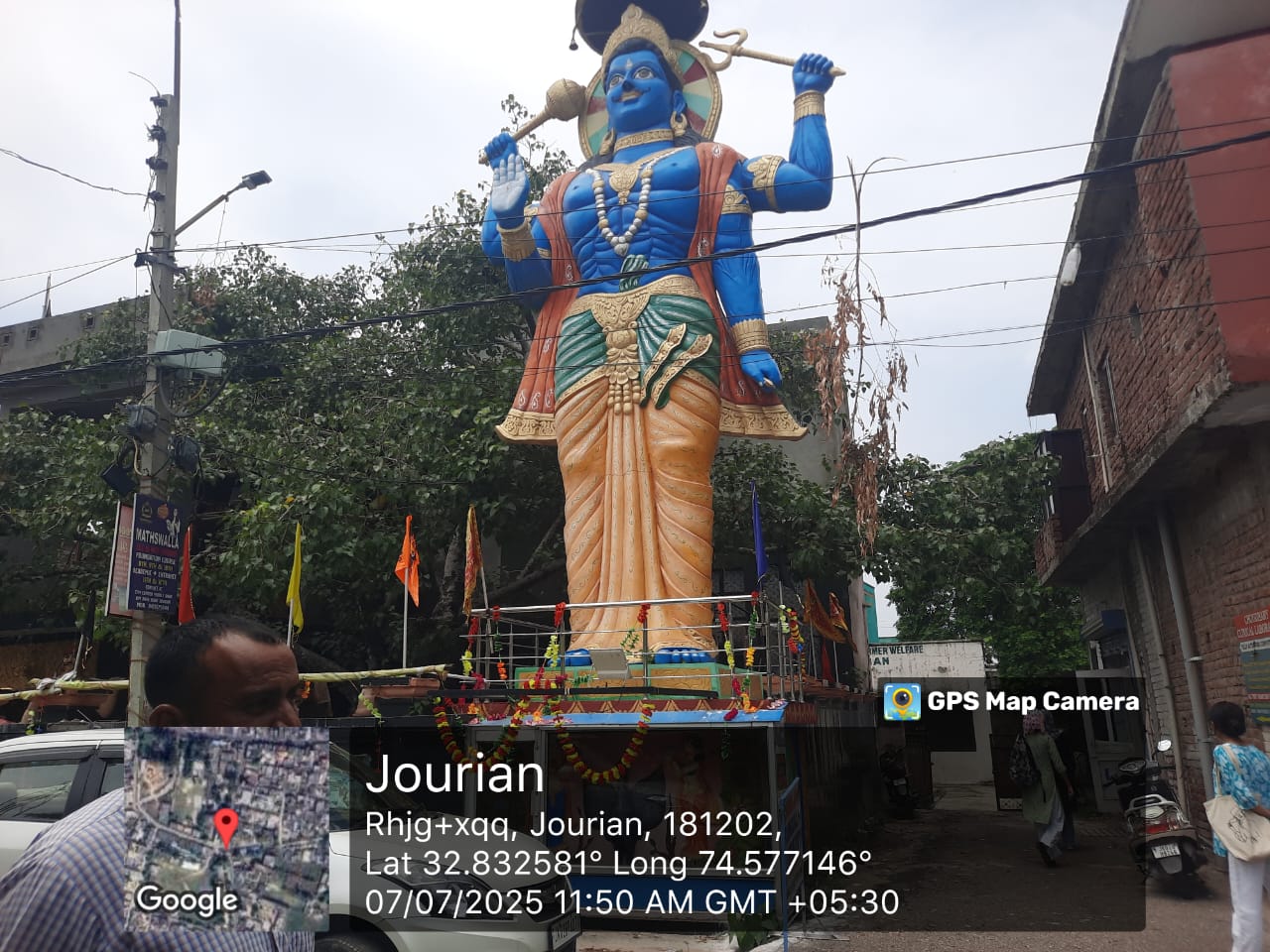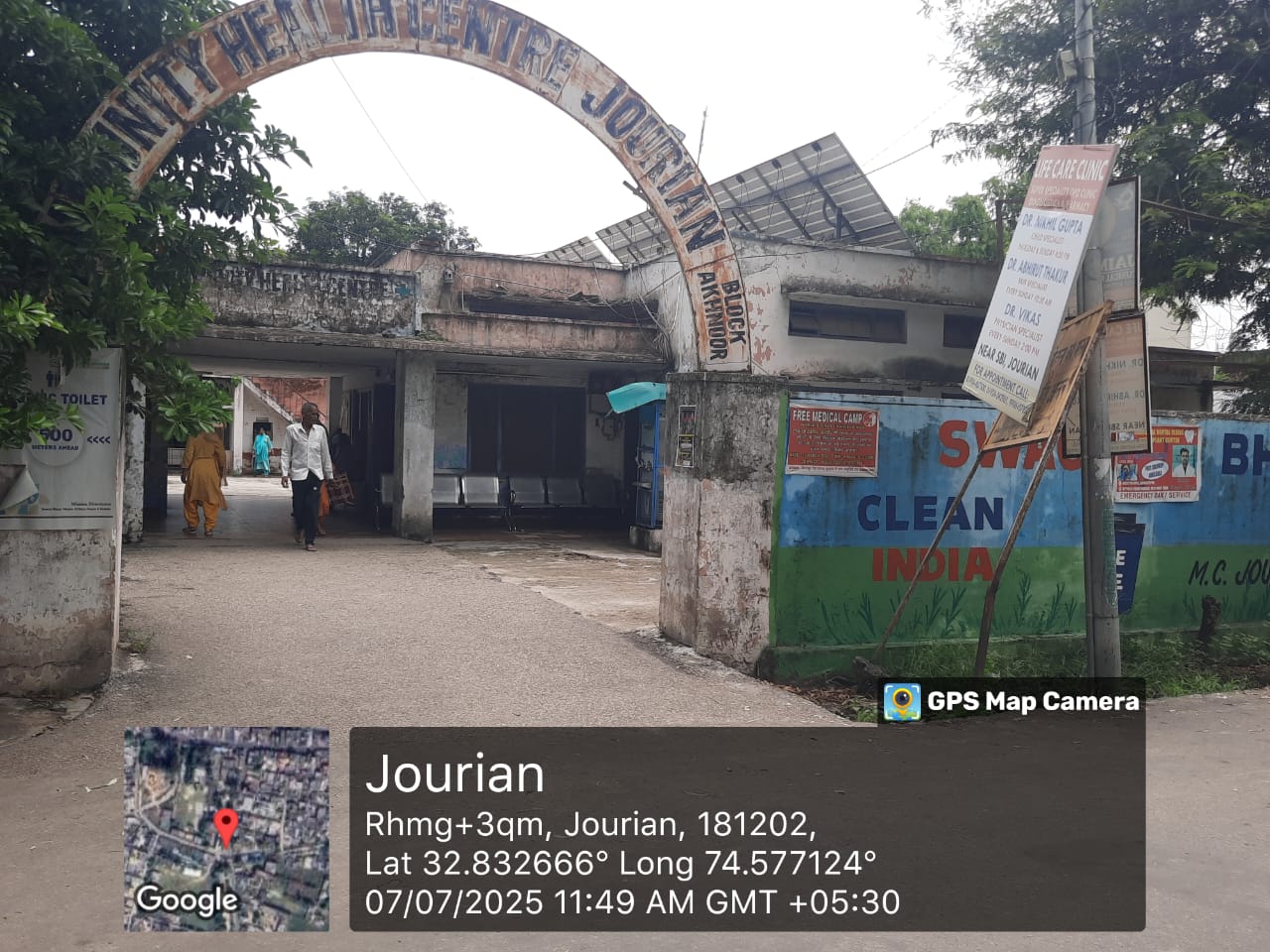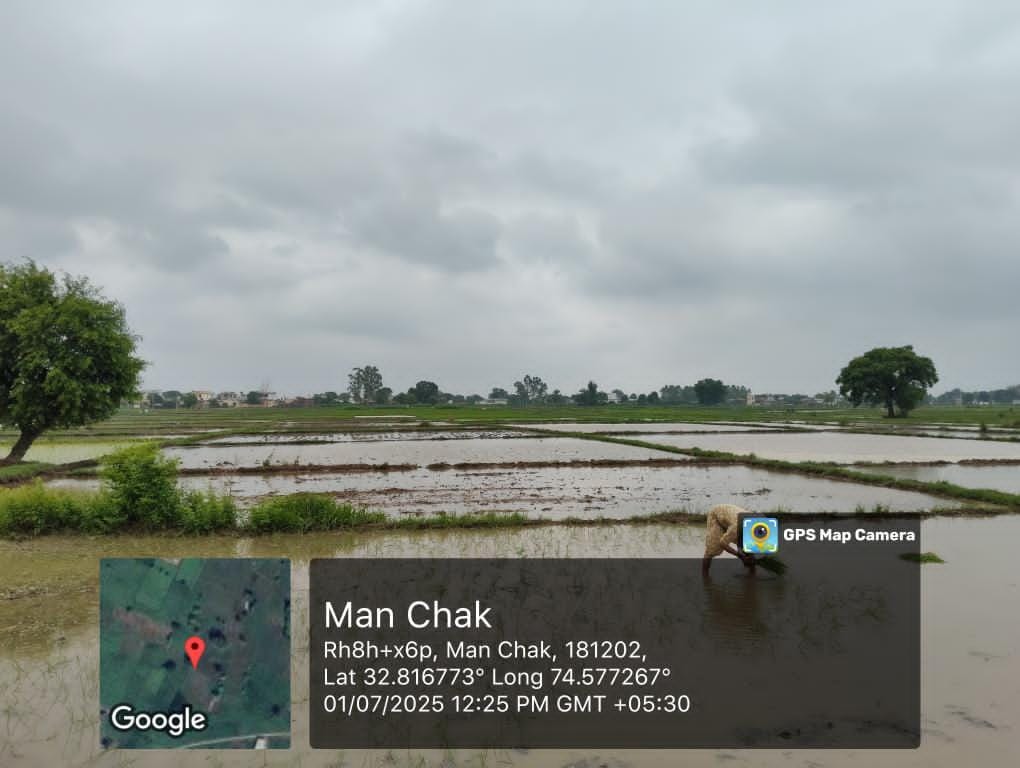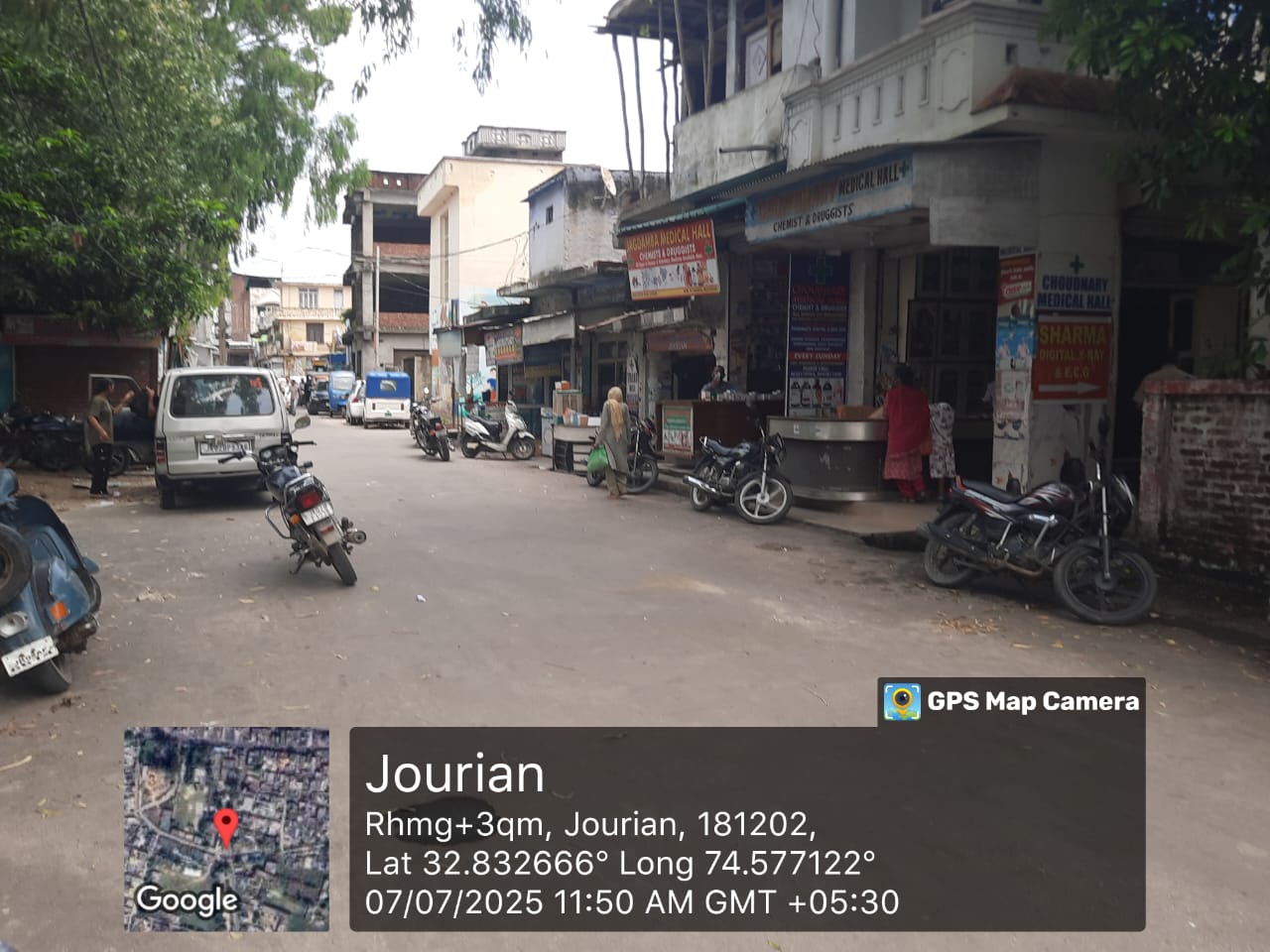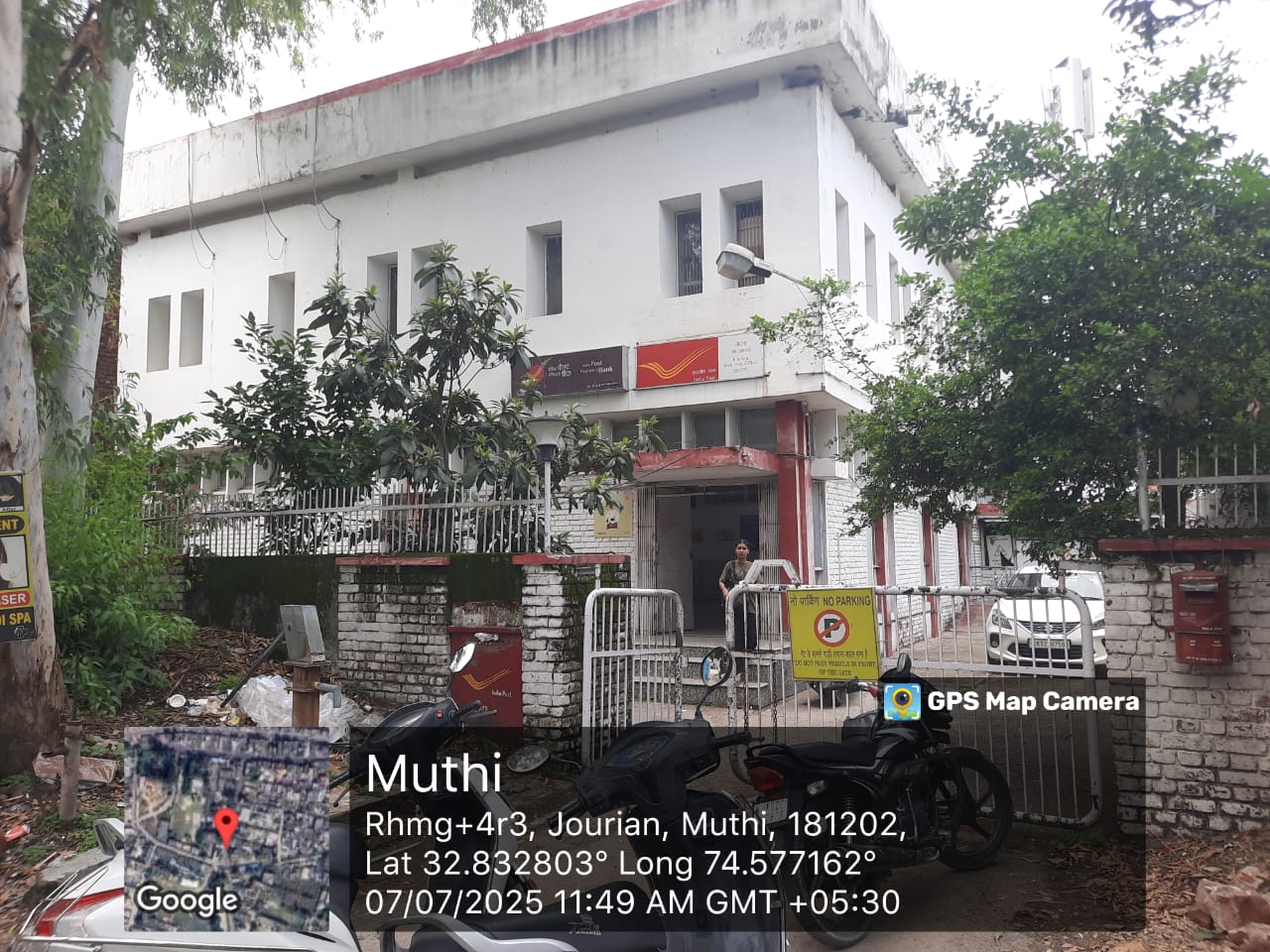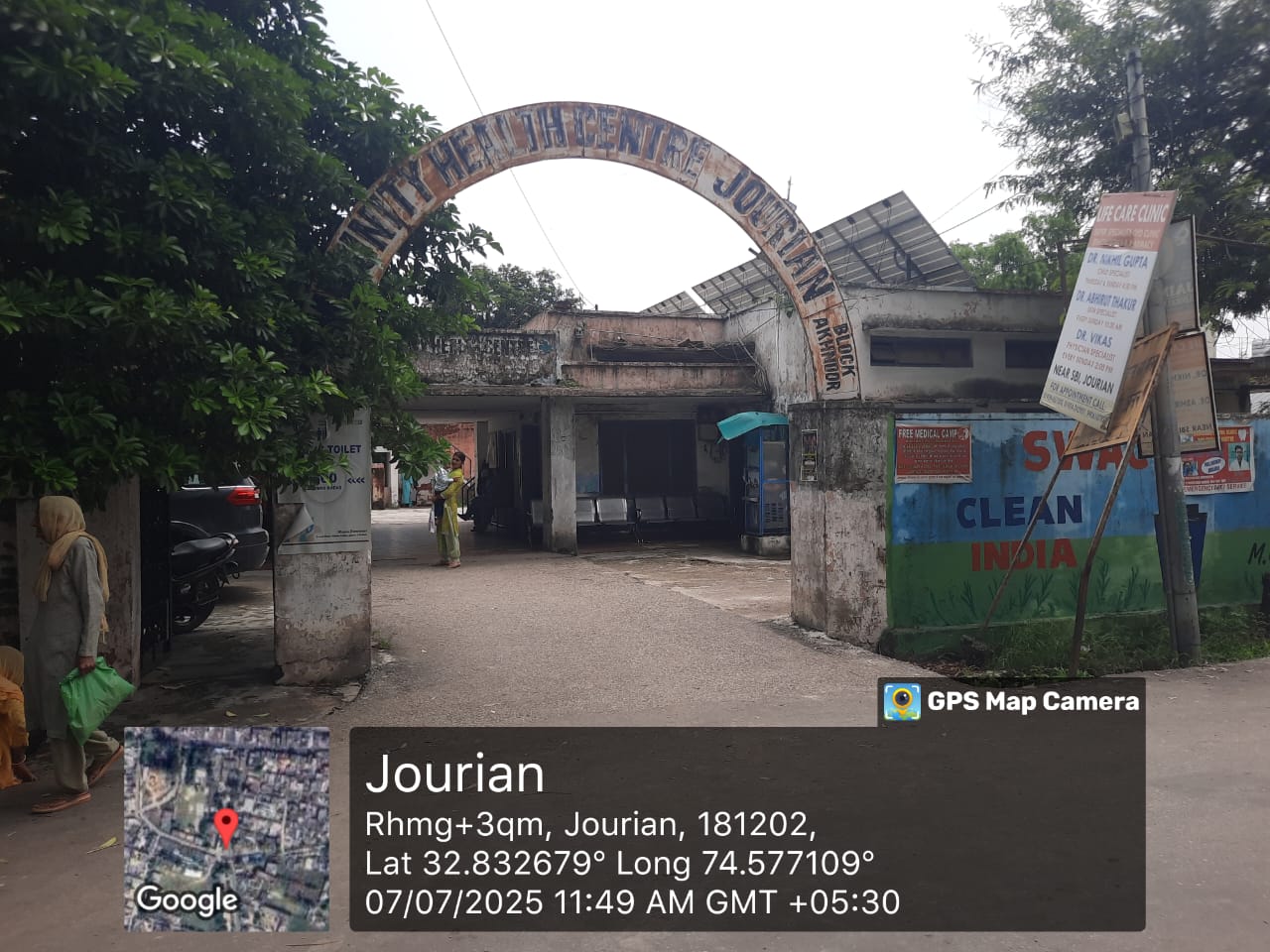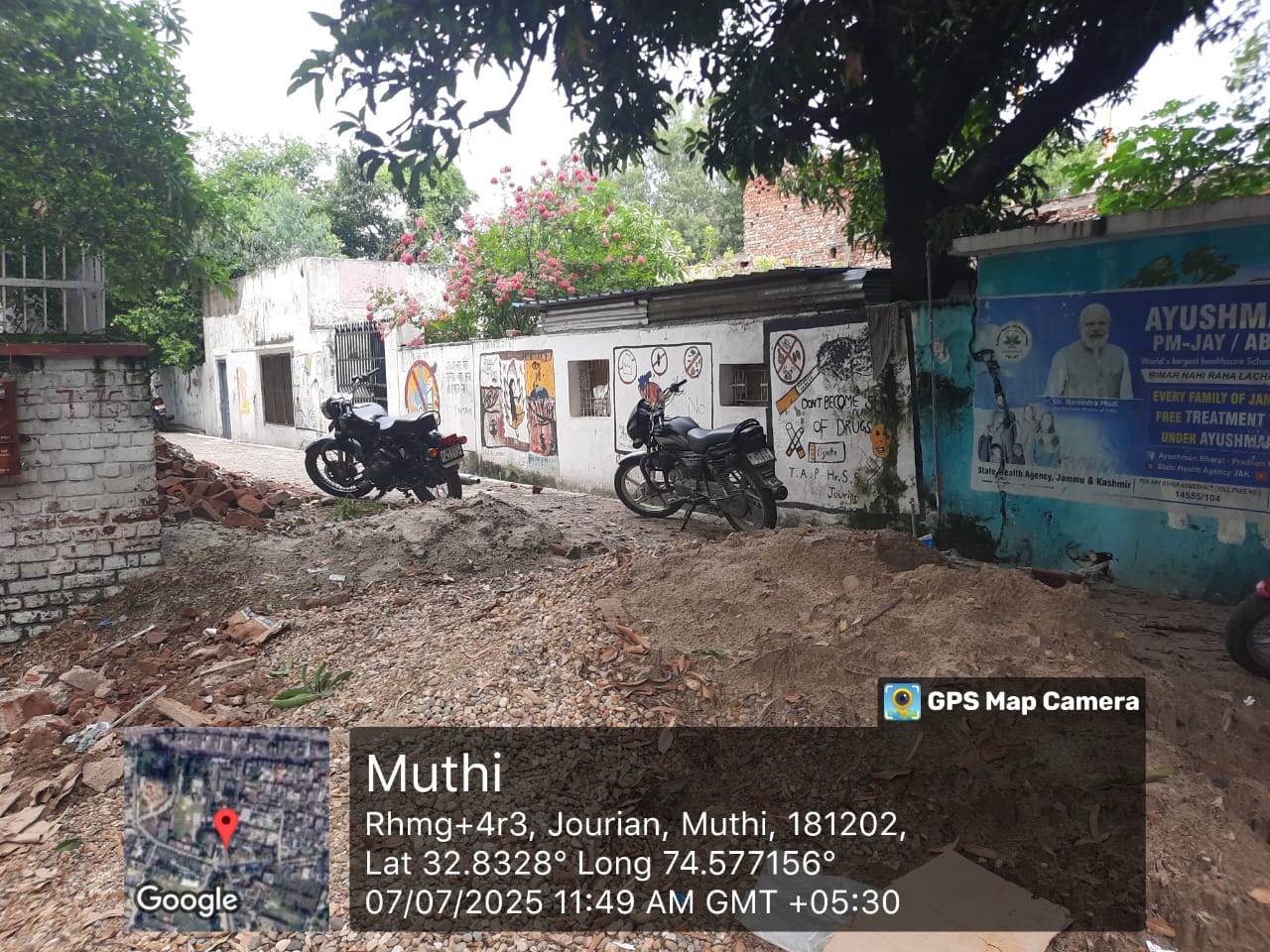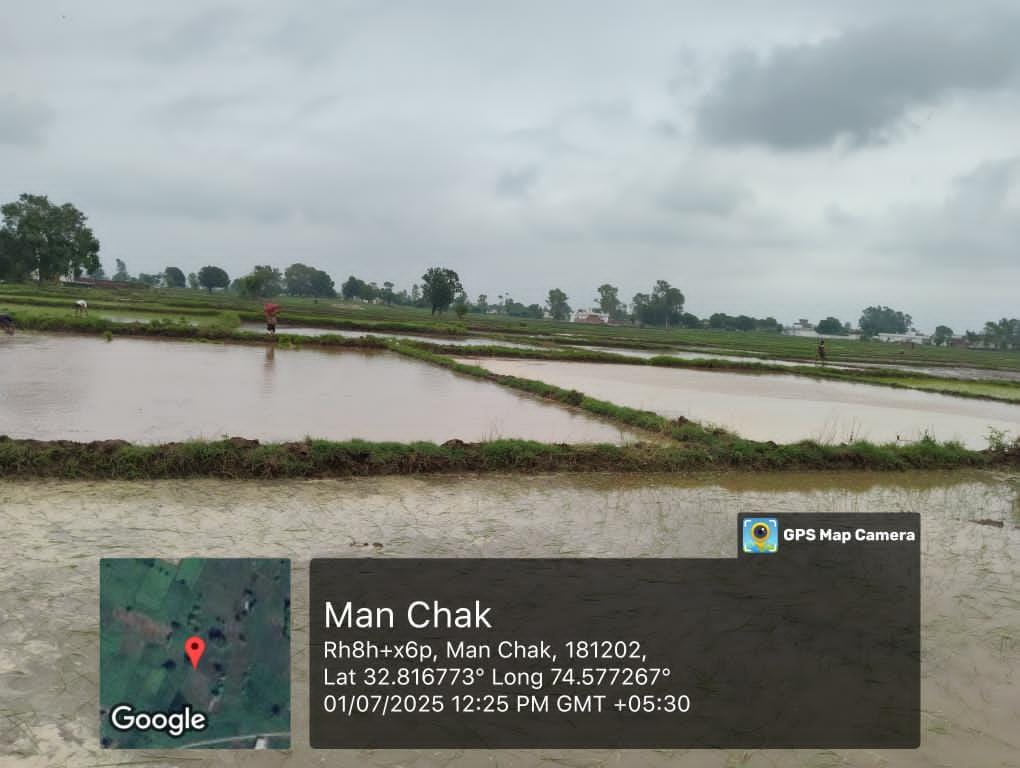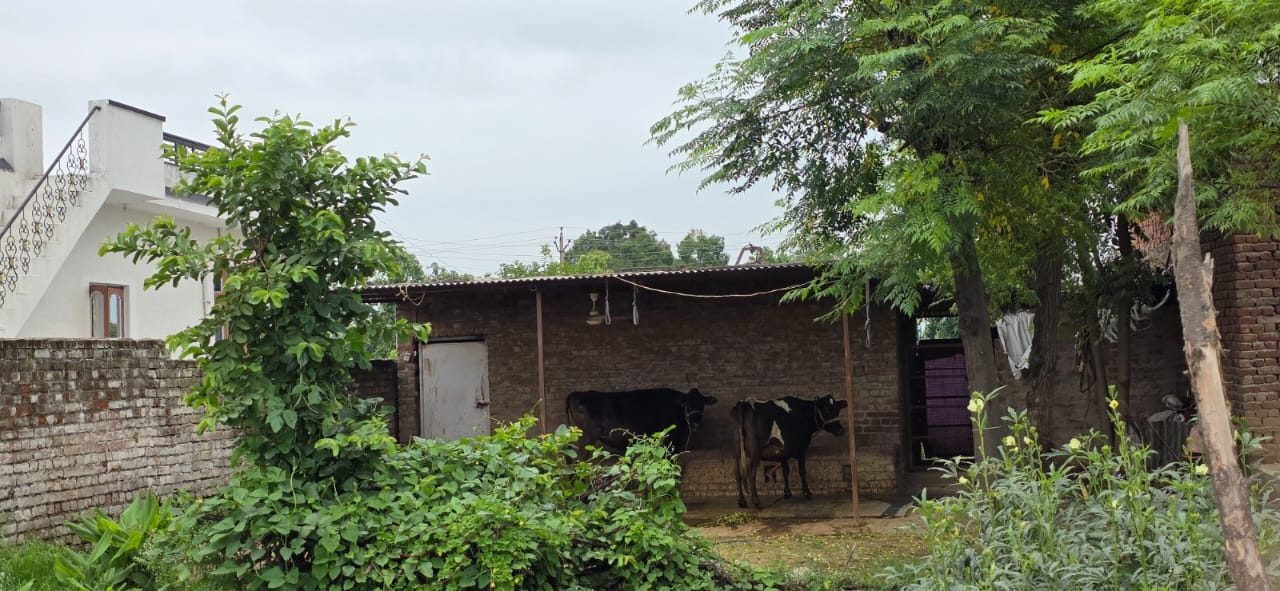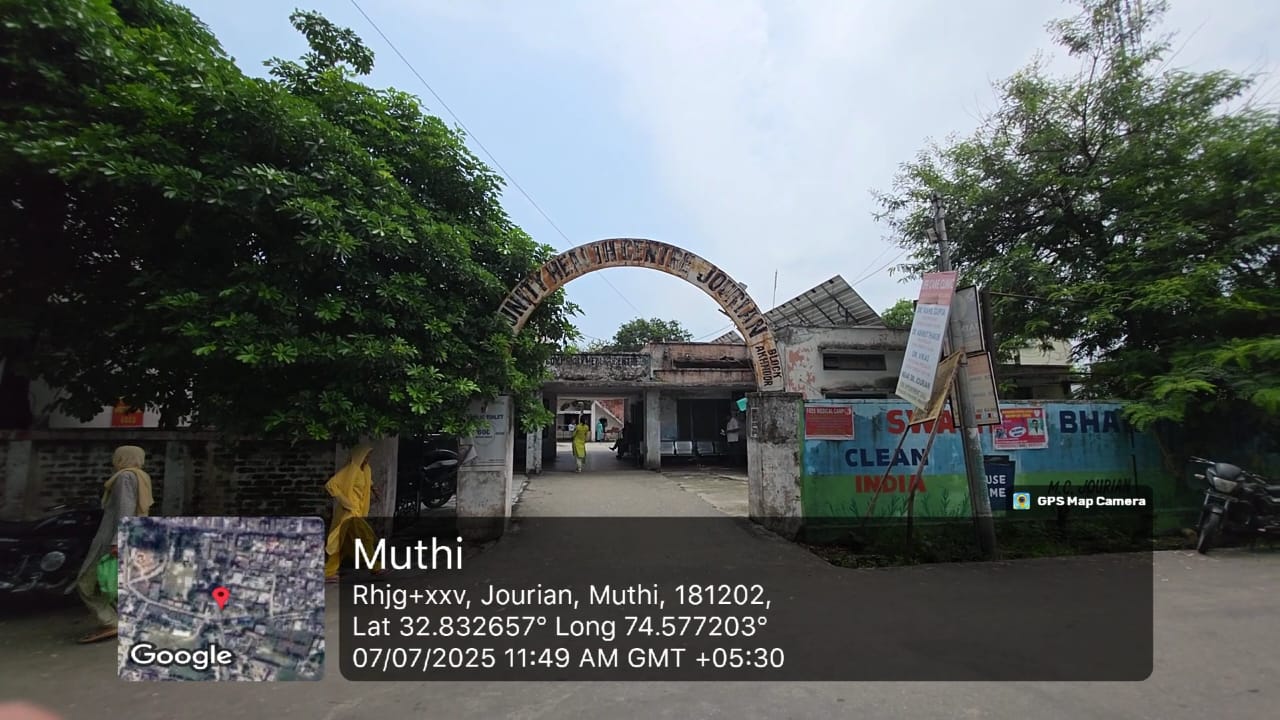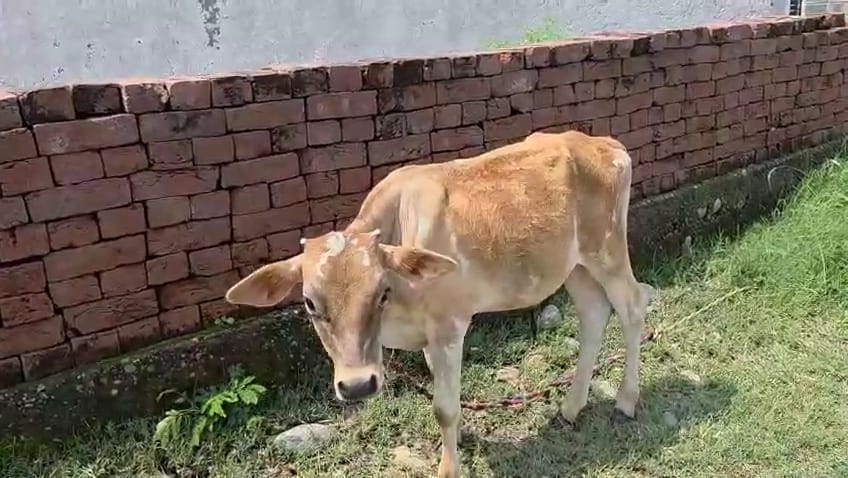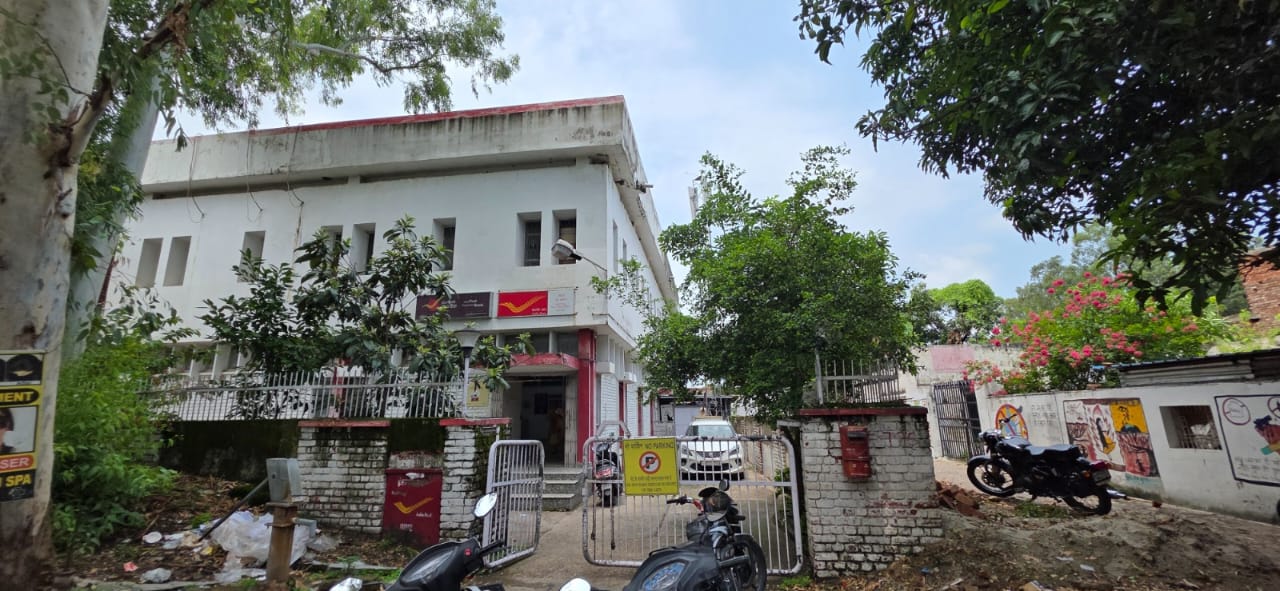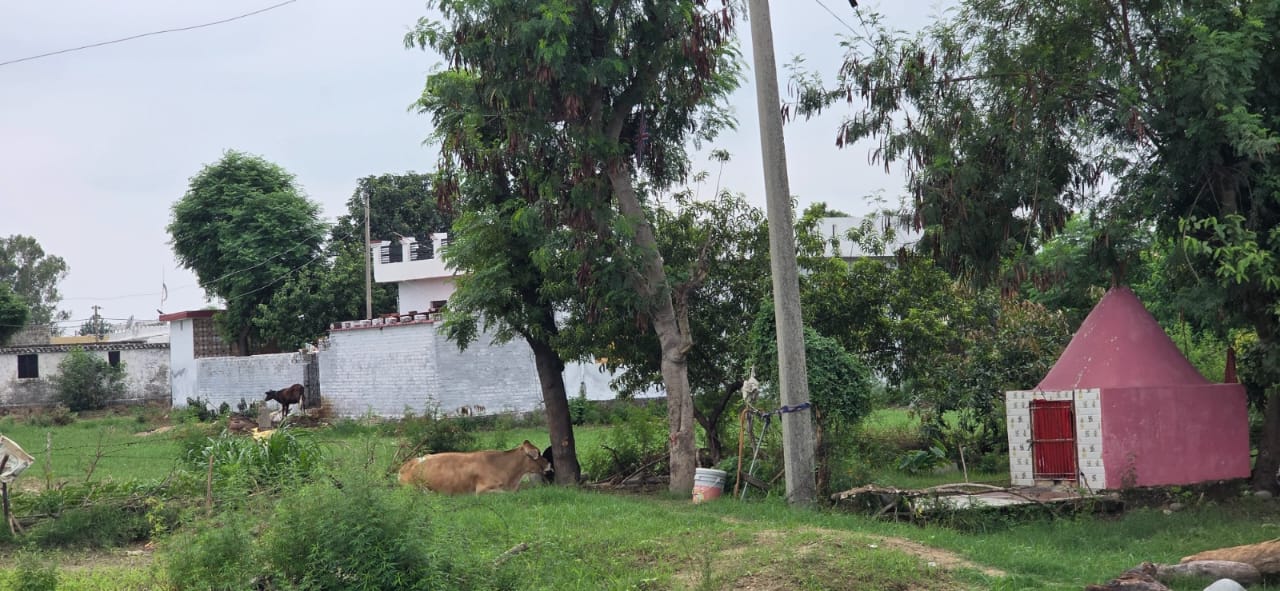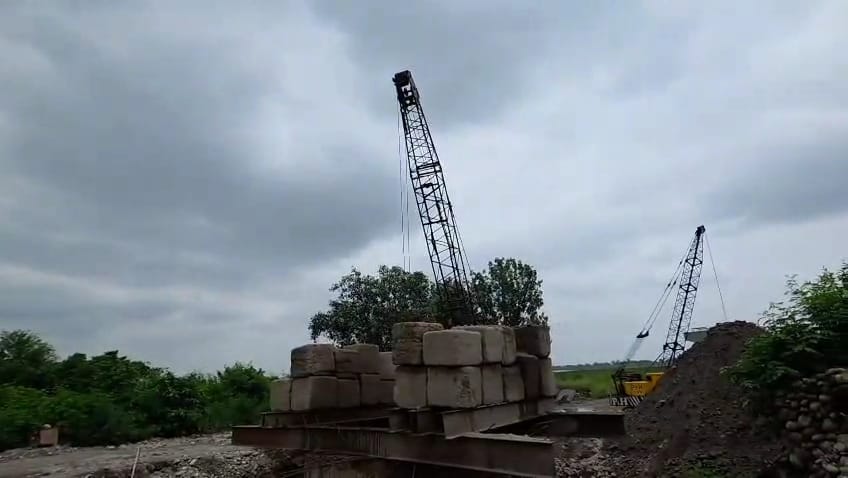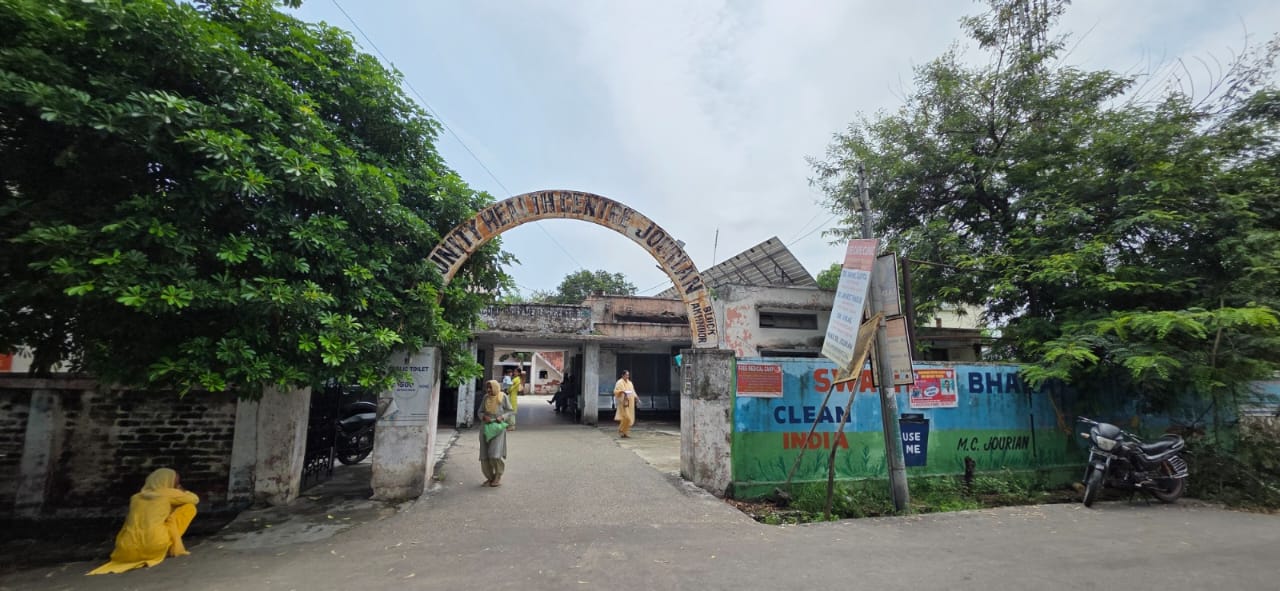Description
Geographic Location
Man Chak is a rural village situated on the banks of River Chenab in the Jourian block of Akhnoor Tehsil within the Jammu district of the Indian Union Territory of Jammu and Kashmir. Nestled in the plains near the Himalayan foothills, the village is governed by the Manchak Gram Panchayat and maintains a traditional agrarian lifestyle while gradually embracing modern development. Its serene location and community-oriented ethos make it a noteworthy representation of rural Jammu life.
Population and Demographics
As per the 2011 Census, Manchak had a population of 1,296 people, comprising 616 males and 680 females across 326 households. The sex ratio of 1,104 females per 1,000 males is significantly higher than the national average. Children aged 0–6 account for 13% of the population, with a child sex ratio of 848. The village boasts a literacy rate of 85.4%, with male literacy at 92.94% and female literacy at 78.9%. By 2025, the population is projected to reach approximately 1,456, indicating steady growth.
Languages Spoken
The most commonly spoken languages include Dogri, Hindi, and Urdu. Other languages like Dogri, Hindi, English, Kashmiri, Urdu, and Gojri—are reflected in varying degrees among Manchak’s residents. Dogri, as the regional tongue, likely plays a central role in everyday village communication and cultural expression.
Educational Infrastructure
Manchak hosts three educational institutions. The Primary School Man Chak, established in 1972, provides education up to class 5. The Government Middle School (GMS) Manchak, founded in 1963, offers classes up to 8 and features a library, playground, and midday meal scheme—though it lacks computer labs. The Pargo Memorial SK School, established in 1982, also educates up to class 8. The absence of secondary schools or colleges requires students to travel outside the village for higher education.
Common Occupations and Village Economy
Manchak is predominantly a agrarian society. Since, farming is the main source of livelihood for most villagers, most residents are engaged in agriculture of common crops like wheat, maize, pulses and vegetables and allied activities like poultry, dairy and livestock rearing. A portion of the population engages in non-agricultural labour, including construction work, seasonal labour in nearby towns and transport-related jobs. Some villagers, especially those with education, work as School teachers and Health Workers.
Transport and Basic Amenities
The village benefits from basic infrastructure, including complete household electrification and access to clean water through hand pumps, tubewells, tanks and tap systems, providing adequate hydration for domestic and agricultural needs. Public bus services are accessible within a 5 km radius, typically via the Jourian bus stand. While Manchak does not have a railway station, its proximity to town centers ensures reliable connectivity. Internal roads connect various parts of the village, although modern transportation amenities remain imited. Though remote, the village remains reasonably accessible for daily commuting.
Healthcare Services and Civic Amenities
Healthcare access in Man Chak is minimal but functional. The village houses a basic allopathic dispensary and chemist shops, offering first-line medical care to residents. However, there are no hospitals or specialized health centers within the village—Ayurvedic, Unani, or Homeopathic. For more advanced treatment, villagers rely on healthcare centers in Khour or Jourian. Despite these limitations, the presence of a dispensary offers essential medical support, especially for minor ailments and preventive care.
Main Attractions and Tourism
While Manchak itself doesn't cater to tourism, its proximity to Akhnoor and Jammu opens up access to numerous significant attractions. While accomodations are not available within the village, nearby towns like Jourian and Akhnoor offer basic lodging for visitors.
Nearby Attractions Worth Visiting
Akhnoor Fort
Perched on the right bank of the Chenab River, about 28 km from Jammu City, Akhnoor Fort is a historical gem built between 1762 and 1802 by Raja Tej Singh and completed by Raja Dhian Singh. It's famous for its strong fortification, ornate courtyards, two-storied palace and mural-embellished arches. Notably, Maharaja Gulab Singh was crowned here in 1822 at Jia Pota Ghat. The site stands atop the ancient settlement "Manda", revealing layers of Harappan, Kushana and historic period artifacts.
Pandav Gufa (Pandav Cave)
Steeped in mythology, this cave is believed to have sheltered the Pandavas during their exile. It offers a serene, mystic experience set against the lust landscape of Akhnoor.
Akhnoor Bridge (Suspension Bridge)
A striking engineering marvel over the Chenab, this bridge provides scenic views and is itself a photo-worthy experience.
Archeological Sites: Ambaran Area
The Ambaran-Pamberwan region near Akhnoor reveals rich Buddhist heritage with the remains of stupas, terracotta busts of Buddha and relics dating back to the Kushan and Gupta periods. The site once served as a route between Patliputra and Taxila.
Cultural Heritage and Historical Context
The archaeological site of Manda, near Akhnoor is recognized as the northernmost outpost of the Indus Valley Civilization, with layers of Harappan, Kushan and early historic artifacts. Excavations at Akhnoor have uncovered Buddhist Stupas, terracotta Buddha busts and Gupta-era relics, revealing an ancient heritage continuum. Manchak is rooted in the Dogra cultural tradition. The broader Jammu region was historically ruled by the Dogra Dynasty, including the Jamwal clan.
Natural Setting and Flora & Fauna
Manchak is surrounded by typical rural landscapes found in the Jammu plains - open farmlands, scattered tree cover and seasonal streams. Specific flora fauna includes fields of mustard, rice, fruit bearing trees of mangoes and Jamun, Peepal trees and grazing land for livestock. This tranquil natural setting not only sustains the village's agricultural economy but also offers a peaceful lifestyle rooted in nature.
Best Time to Visit
Though not a tourist hotspot, the best time to visit Manchak would be during spring (March to May) and autumn (September to November), when the weather is pleasant and the surroundings are lush. These seasons are ideal for those seeking to experience rural life, local customs, and natural beauty in a peaceful setting.
Photos
Videos
Location Map
Contact Information
| Address |
Manchak Village, Jourian |
| Phone Number | |
| Website | http://www.onefivenine.com/india/villages/Jammu/Khour/Manchak |
Reviews (0)
(Overall 0 Out of 5)
No Review Found

